SegmentAnything
SegmentAnything
Alexander Kirillov, Eric Mintun, Nikhila Ravi, Hanzi Mao, Chloe Rolland, Laura Gustafson, Tete Xiao, Spencer Whitehead, Alexander C. Berg, Wan-Yen Lo, Piotr Dollár, Ross Girshick
paper :
https://arxiv.org/abs/2304.02643
출처 : Vision study mkd님
Abstract
-
Task
Promptable Image Segmentation -
Model Architecture
image encoder + prompt encoder + mask decoder -
Generate Data (Data Engine)
assisted-manual stage \(\rightarrow\) semi-automatic stage \(\rightarrow\) fully-automatic stage
data ‘SA-1B’ : 1B masks with 11M images -
Enable Zero-Shot Generalization
Zero-Shot transfer to various tasks -
Code Review
Overview
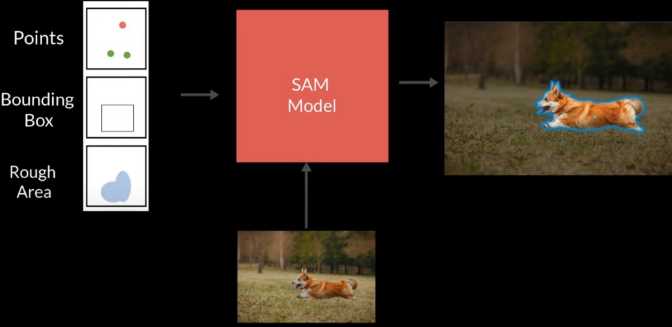
-
prompt : mask를 생성할 대상을 지정
point, BB, mask(rough area), text(preliminary) 중 하나 -
valid masks : segmented mask를 하나가 아닌 3개 (whole, part, sub-part) 생성
ambiguous prompt에 대응하기 위해, zero shot을 위해
3개의 masks 중 GT와 가장 유사한(confidence score가 가장 높은) mask의 loss만 사용
Model

- Image Encoder : MAE (Masked AutoEncoder) 방식의 ViT
MAE 요약 : 이미지를 grid로 나누고 patches 중 일부를 가린 뒤 원본을 복원하도록 학습하고, 학습이 끝난 후에는 encoder embedding만 사용
ViT-H/16 : 14 \(\times\) 14 windowed attention and 4 global attention blocks
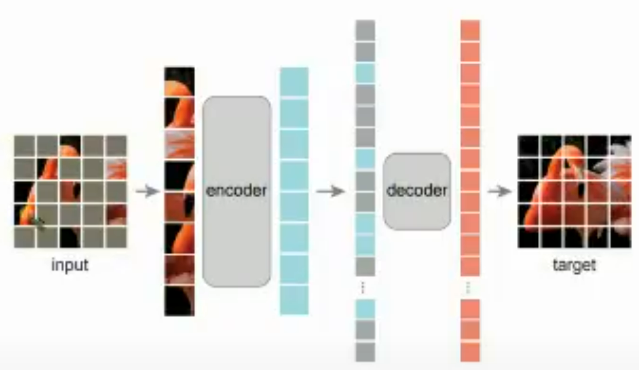
-
Prompt Encoder :
Mask (dense prompt) : conv. 거친 후 image embedding에 pixel-wise sum (mask가 없는 pixel의 경우 ‘no mask’ prompt 사용)
Point (sparse prompt) : positional encoding + learned embedding(fg or bg)
BB (sparse prompt) : positional encoding + learned embedding(top-left or bottom-right)
text (sparse prompt) : by CLIP text encoder -
Loss :
- Mask loss : related to mask prediction
1-1. focal loss : \(L(p_{t}) = - (1-p_{t})^{r}log(p_{t})\) where \((1-p_{t})^{r}\) gives more weight to few hard examples (\(p_{t} \sim 0\))
1-2. dice loss : 1 - dice score where dice score = \(\frac{2 \times Area(A \cap B)}{Area(A) + Area(B)}\)
- Mask loss : related to mask prediction
- IoU loss : related to confidence score
MSE loss
Data : Develop Data Engine by Curriculum Learning
-
Assisted-manual stage :
public segmentation dataset \(\rightarrow\) SAM \(\rightarrow\) pixel-wise manual augmentation \(\rightarrow\) re-train
After re-training, the number of masks per image increased from 20 to 44 in average
Collect 4.3M masks from 0.12M images -
Semi-automatic stage :
dataset from previous stage (4.3M masks) \(\rightarrow\) SAM \(\rightarrow\) mask predict 실패한(제외된) object를 annotate \(\rightarrow\) re-train
After re-training, the number of masks per image increased from 44 to 72 in average
Collect 5.9M masks from 0.18M images (totally 4.3M + 5.9M = 10.2M masks) -
Fully-automatic stage :
dataset from previous stage (10.2M masks) : image에 32 \(\times\) 32 grid points 찍음 \(\rightarrow\) SAM
ambiguity-aware training (whole, part, sub-part 구분 가능)
After filtering masks with high confidence score,
Collect SA-1B dataset : 1.1B masks from 11M images (various HR masks)
99.1% is fully-automatically generated
follow RAI (Responsible AI) : no bias and blur human faces
Task
generalizable (zero-shot transfer to various tasks)
- Zero-Shot Transfer Tasks :
- Zero-Shot Single Point Valid Mask Evaluation
- Zero-Shot Edge Detection
- Zero-Shot Object Proposals
- Zero-Shot Instance Segmentation
- Zero-Shot Text-to-Mask (CLIP)

-
Zero-Shot Single Point Valid Mask Evaluation :
point 찍었을 때 그에 해당하는 mask를 얼마나 잘 생성하는가
use one most-confident mask
compare with RITM model on 23 datasets -
Zero-Shot Edge Detection :

About filter : 블로그 맨 아랫 부분에 설명해놓음
-
Zero-Shot Object Proposals :
mask 예측 후 object의 identity(class)를 얼마나 잘 맞추는가 -
Zero-Shot Instance Segmentation :
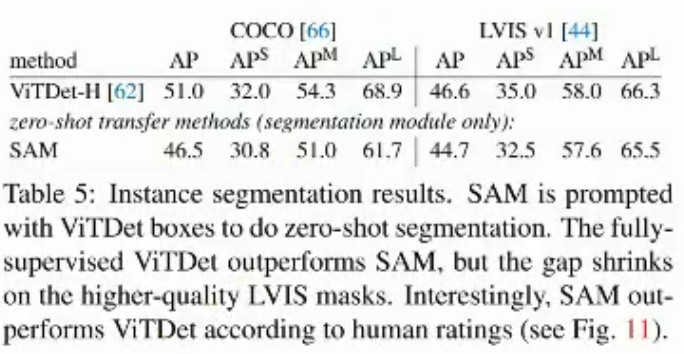
- Zero-Shot Text-to-Mask :
image \(\rightarrow\) CLIP \(\rightarrow\) image embedding as input
text \(\rightarrow\) CLIP \(\rightarrow\) text embedding as SAM prompt
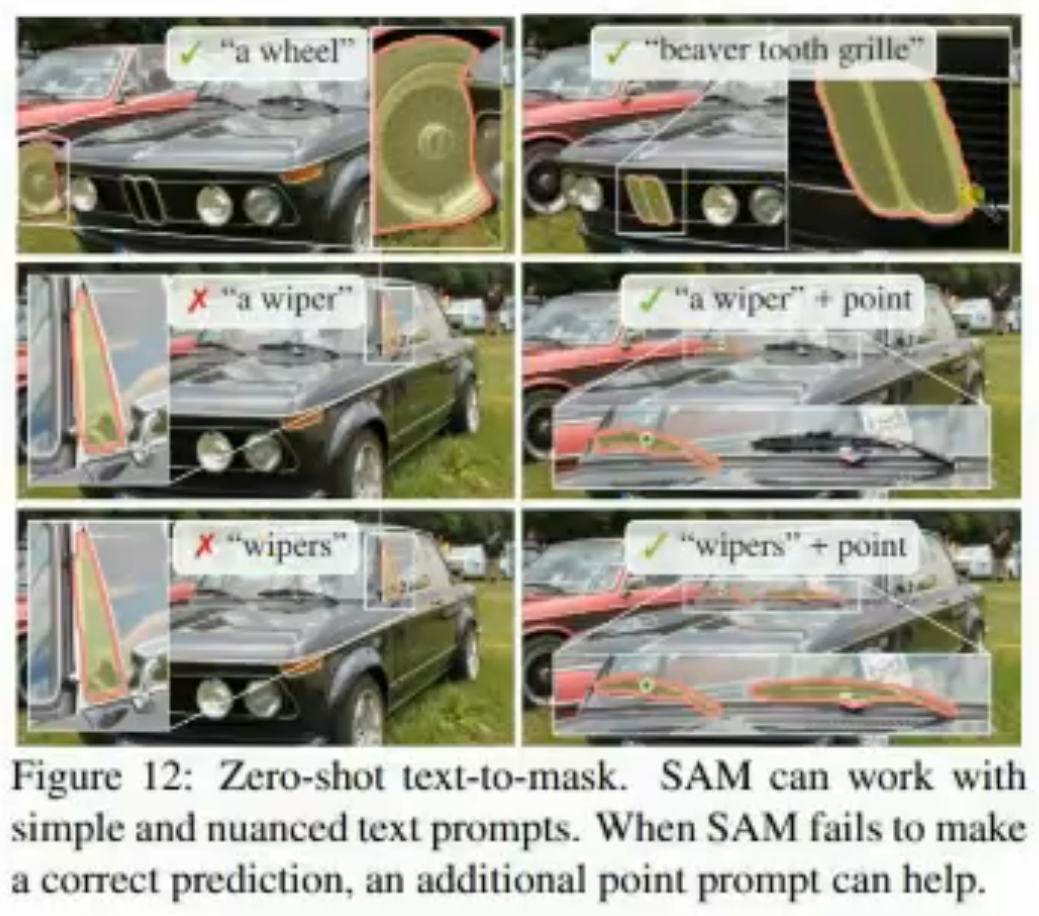
SAM’s latent space에서 similar mask embedding vectors within threshold를 추출한 결과 실제로도 semantically similar
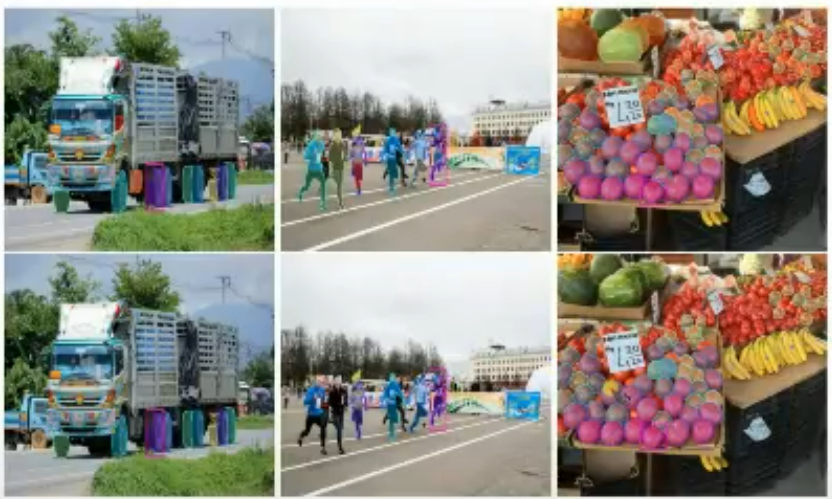
Code Review
다음에 해야지… 라고 미뤄둠..ㅎㅎ
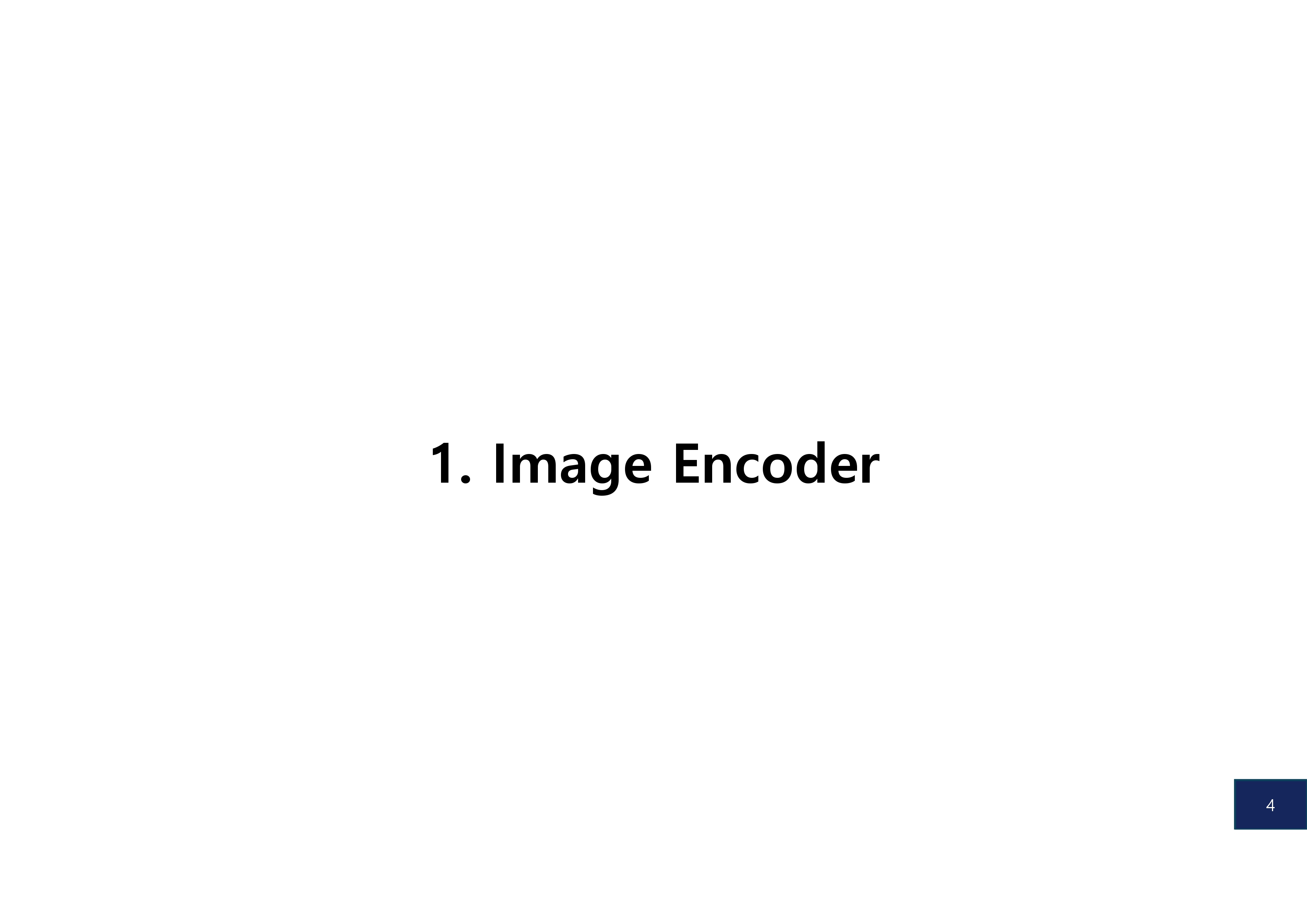
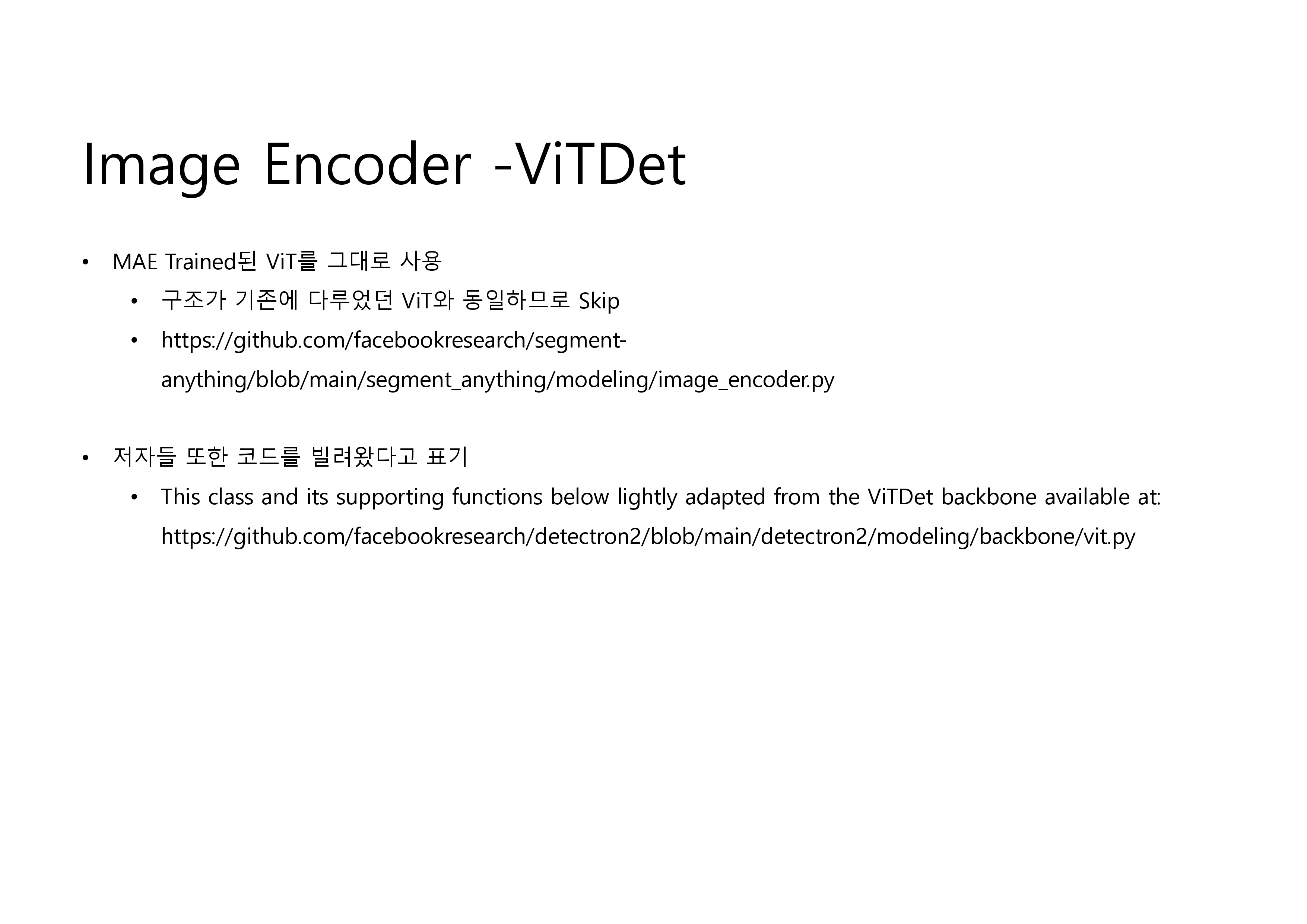
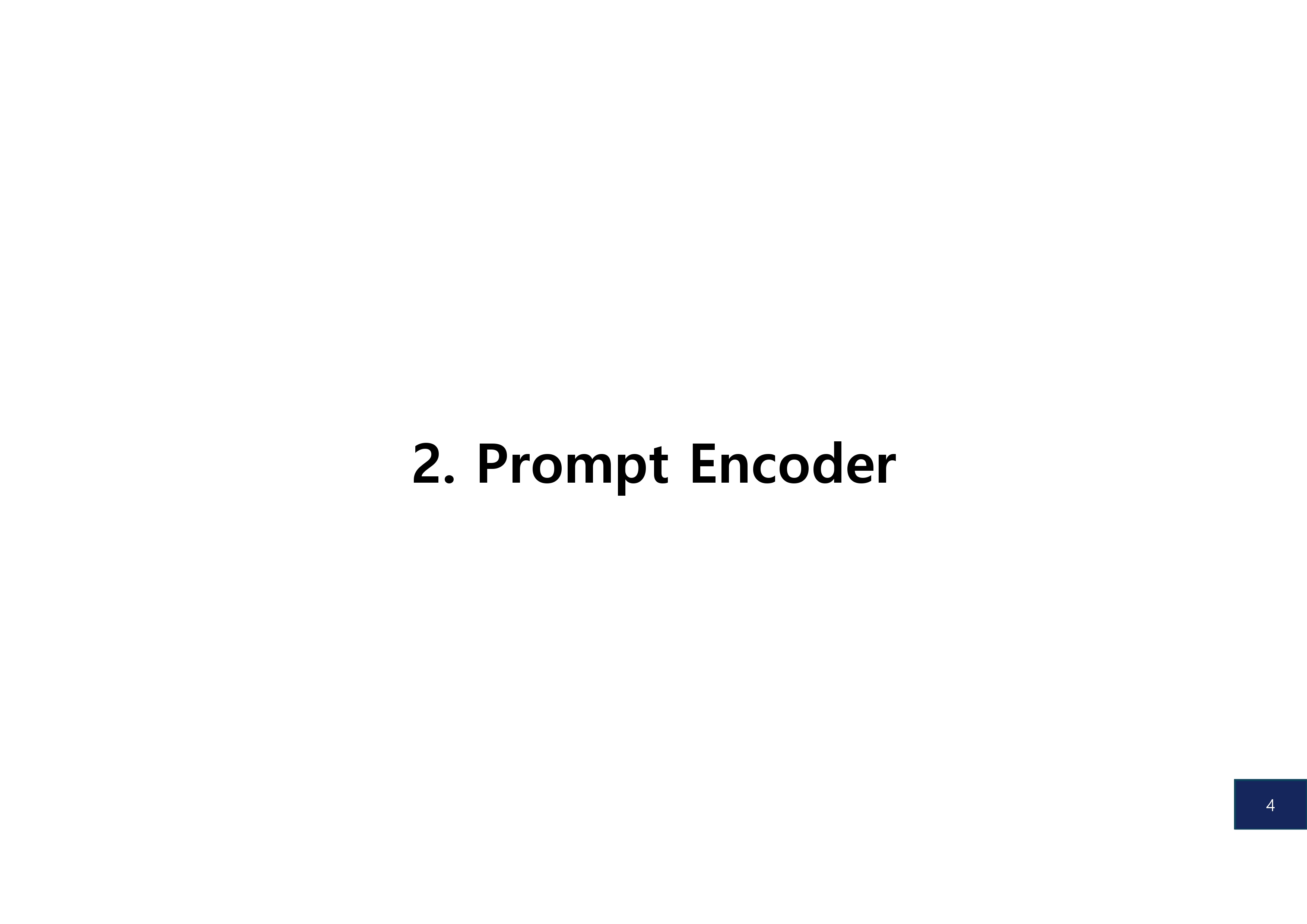
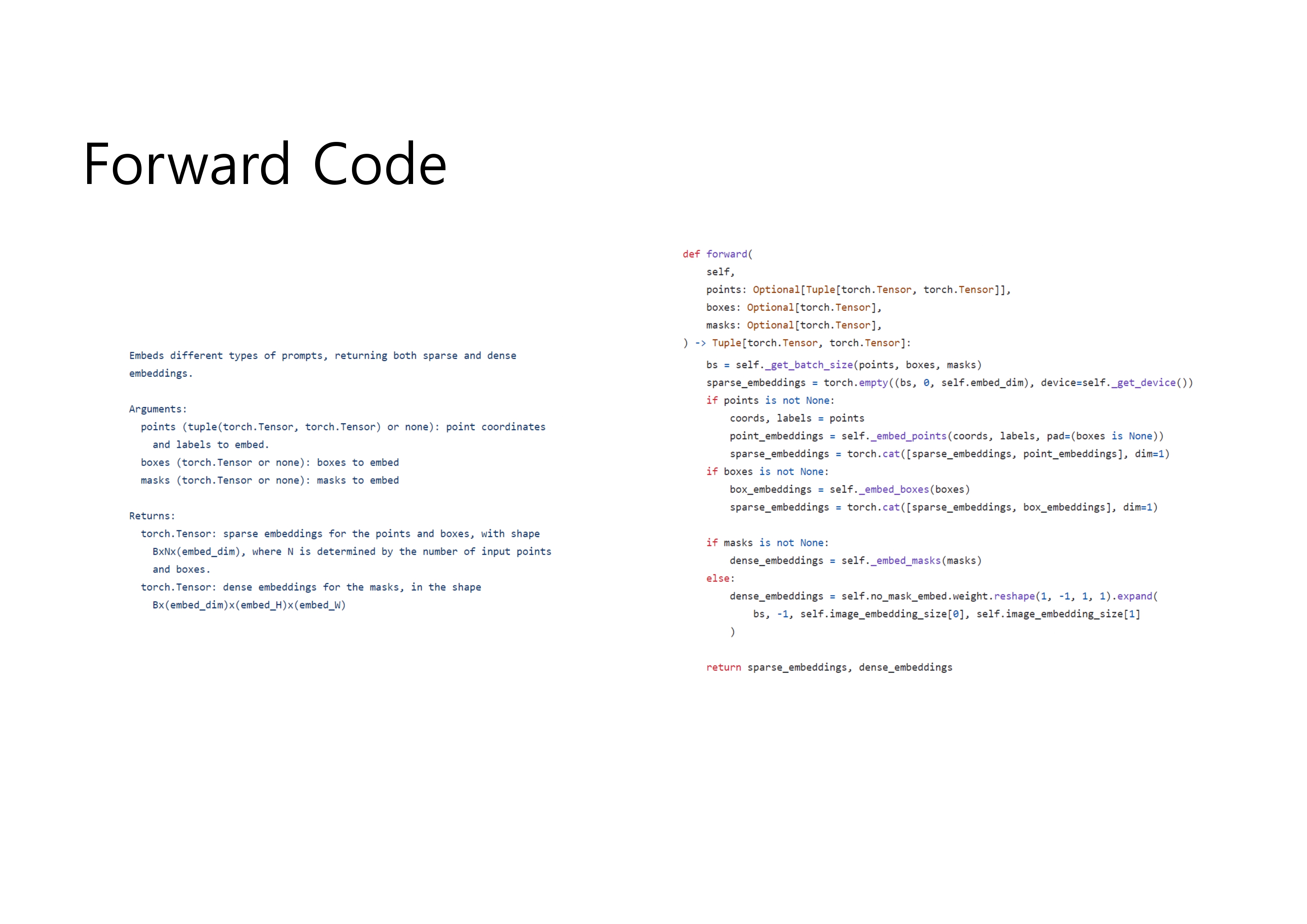
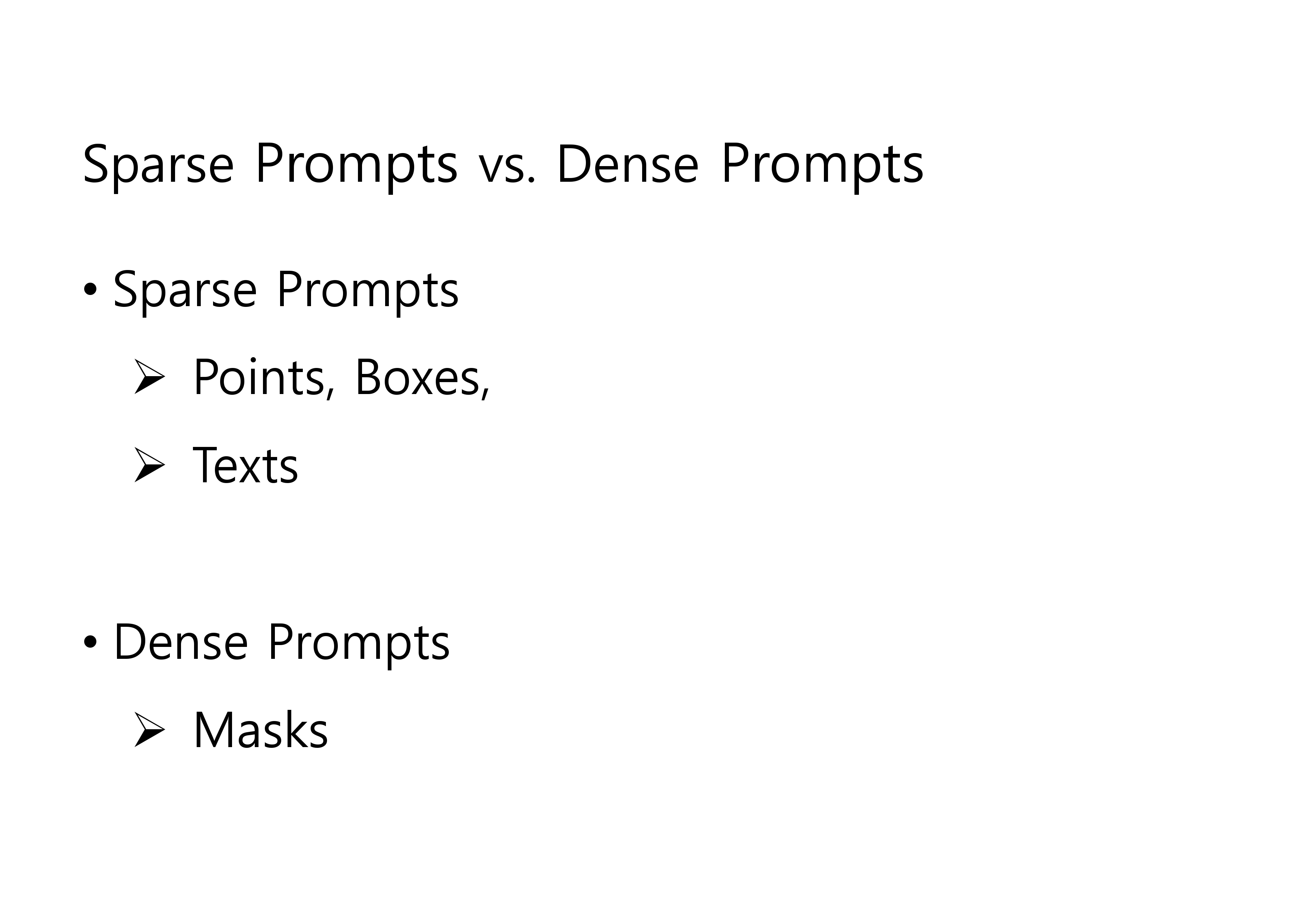
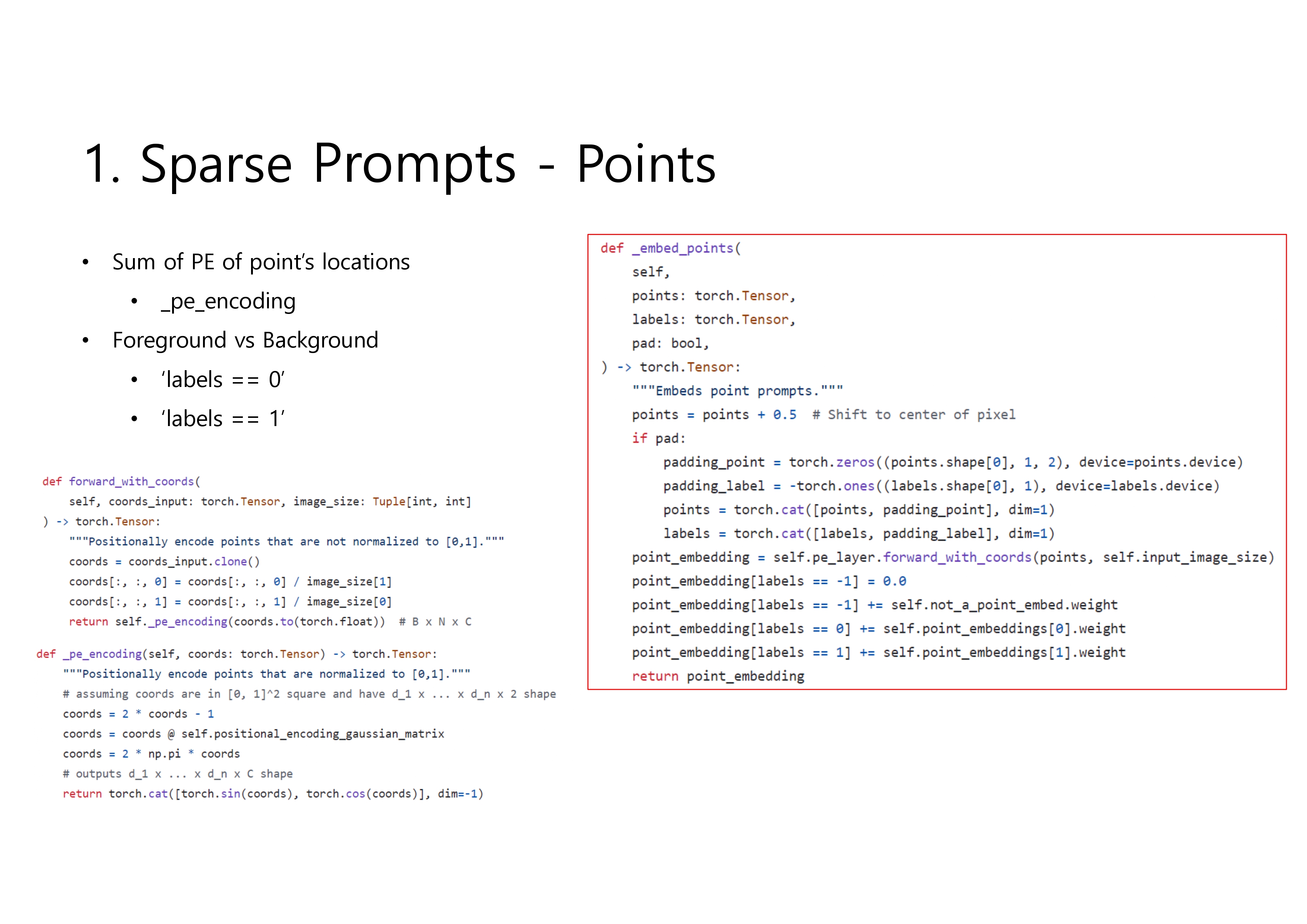
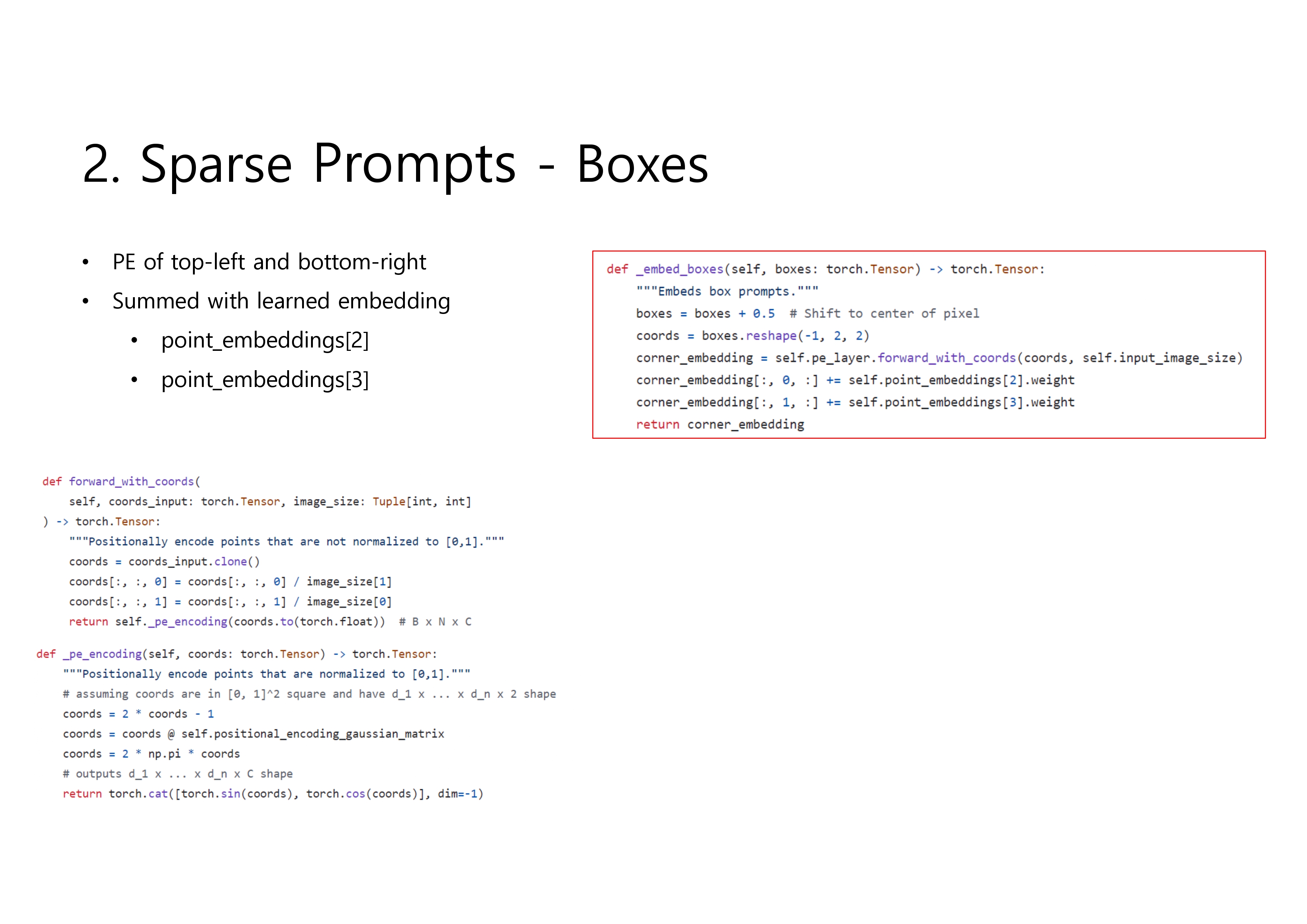
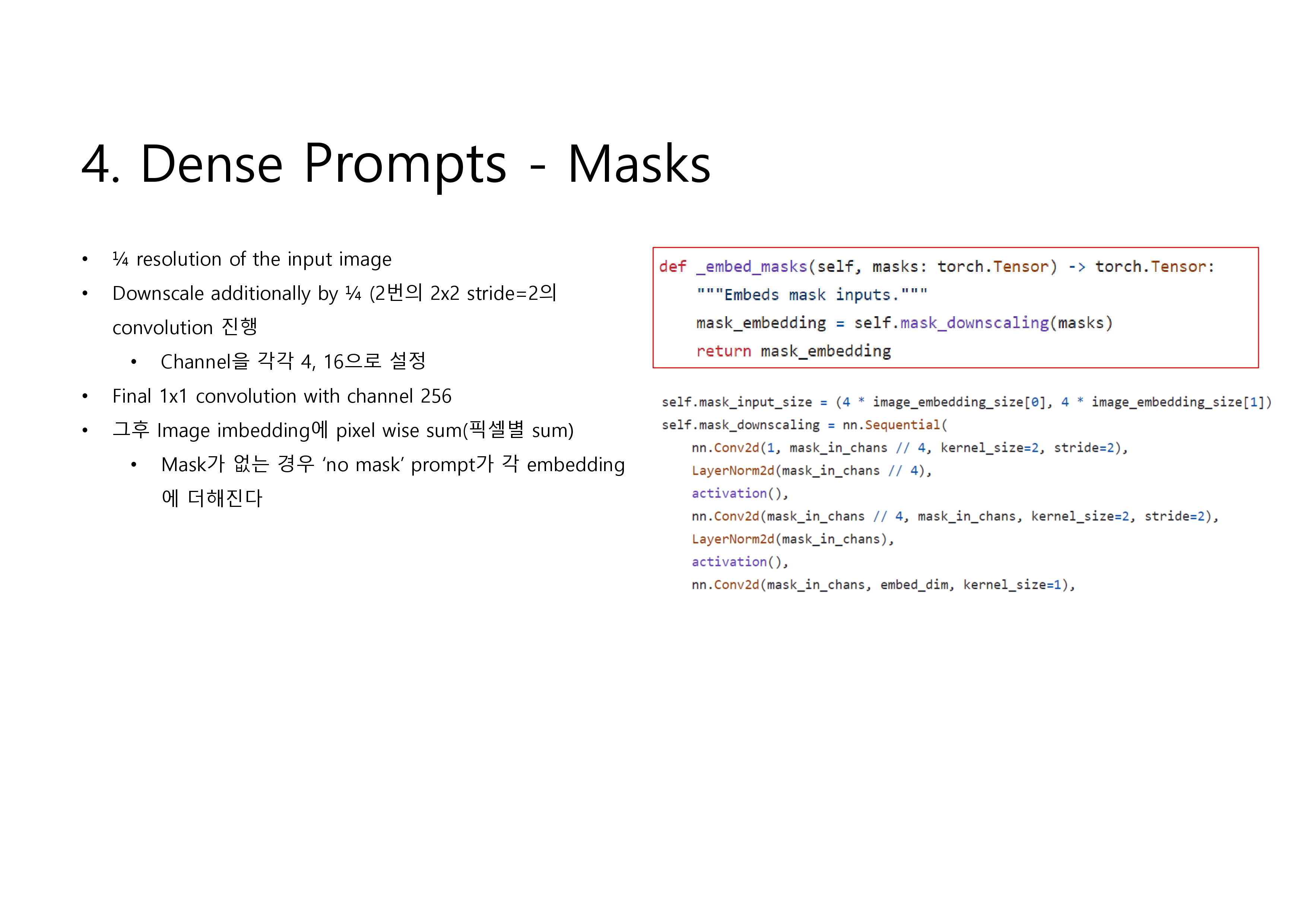
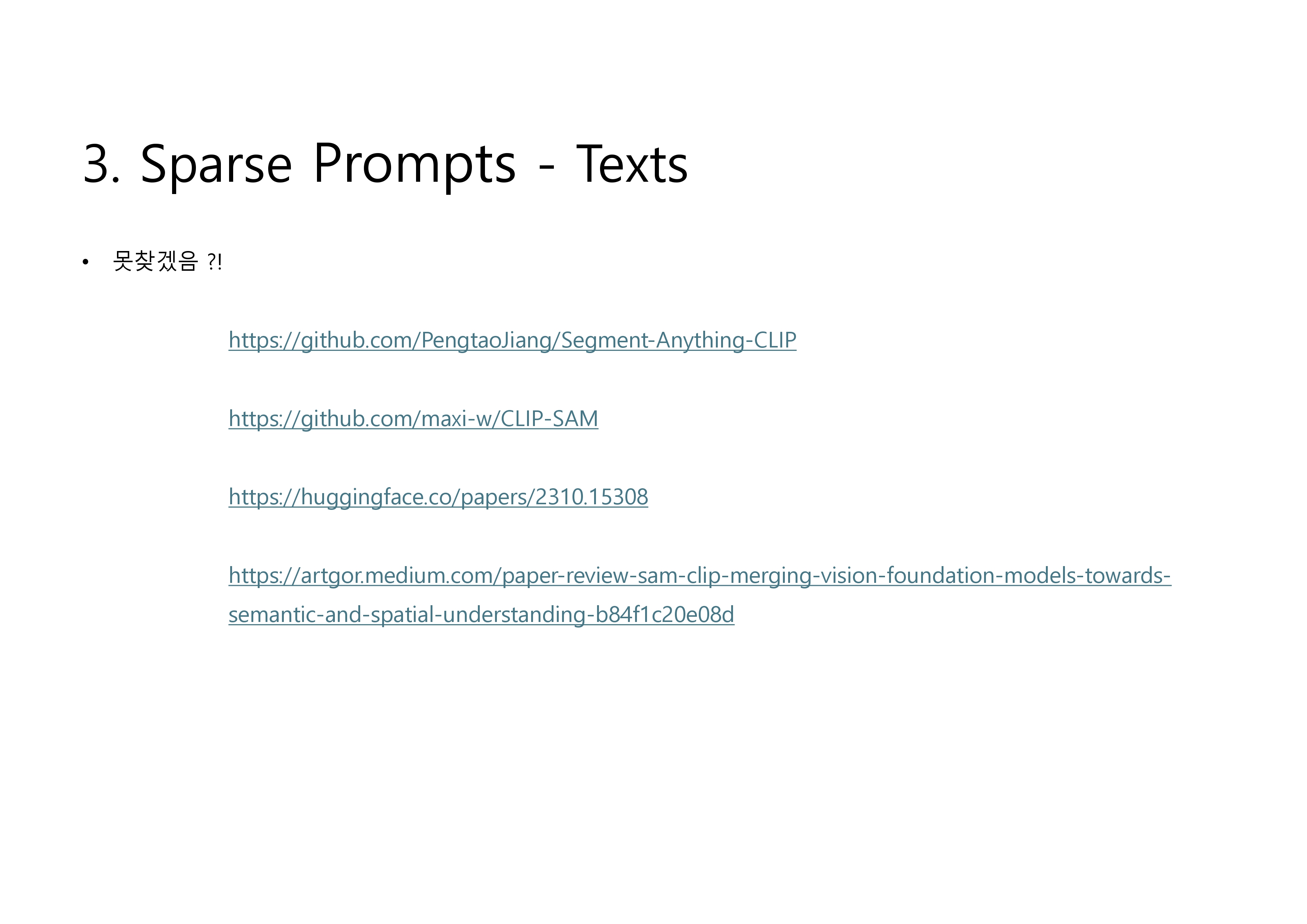
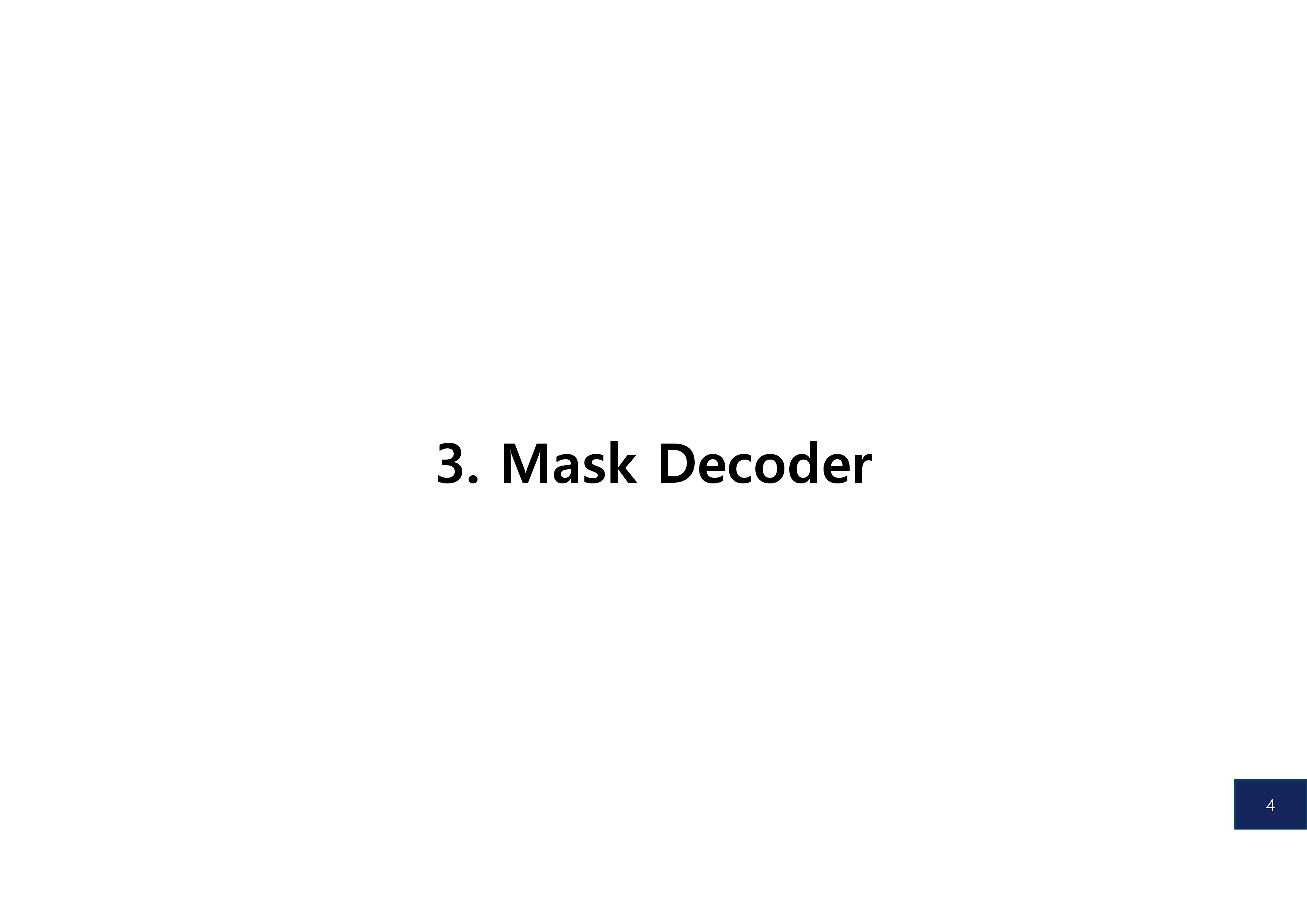
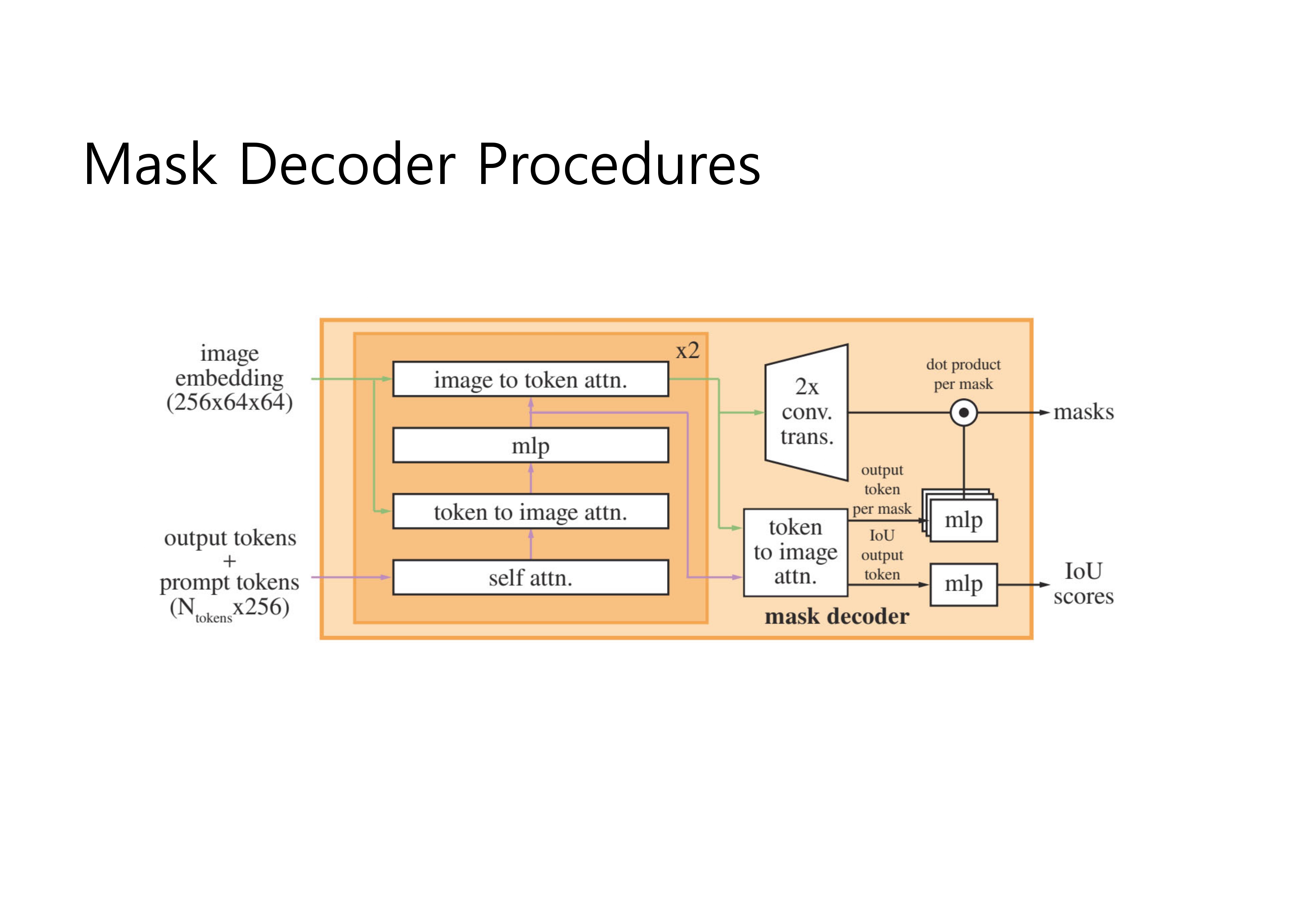
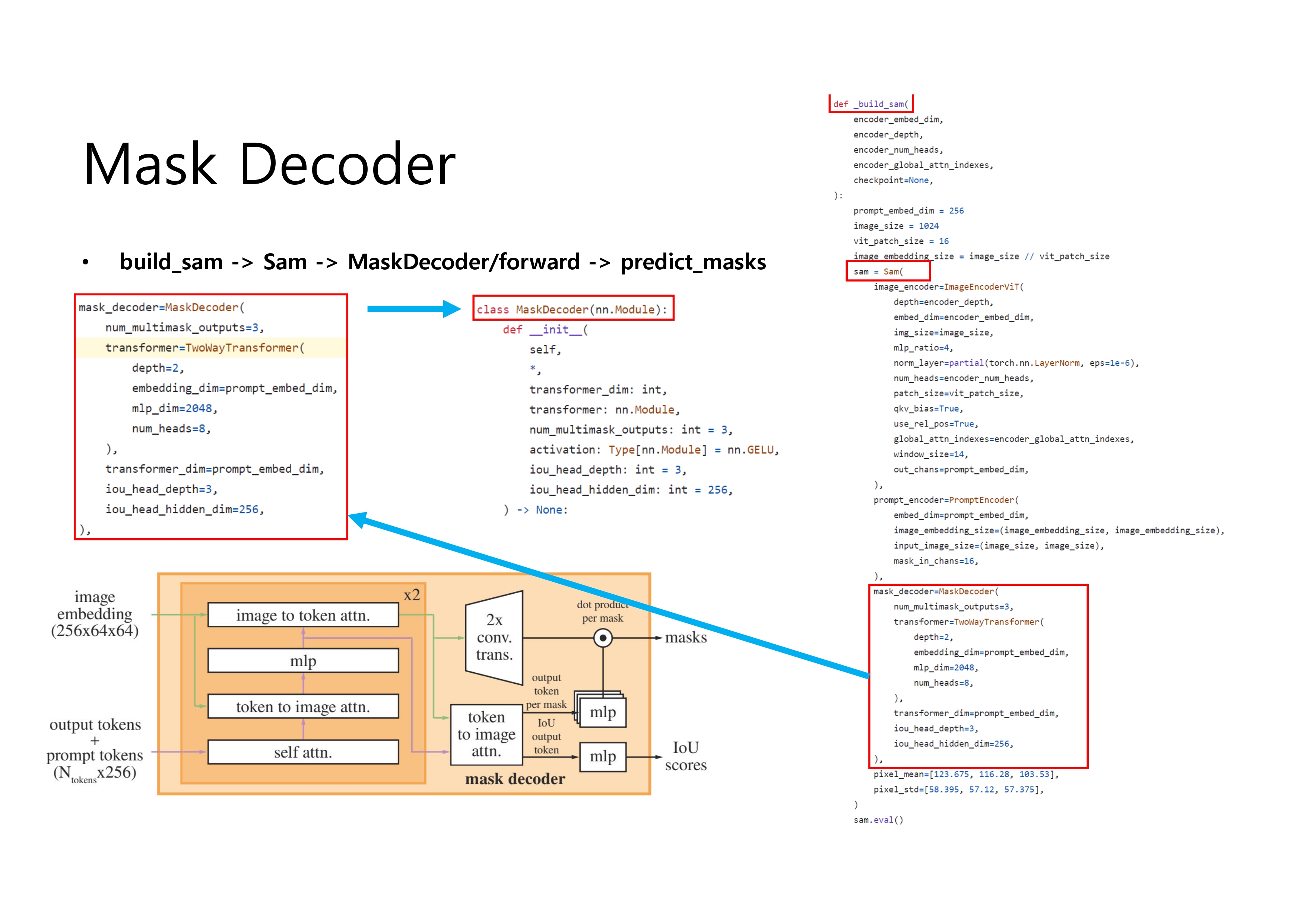
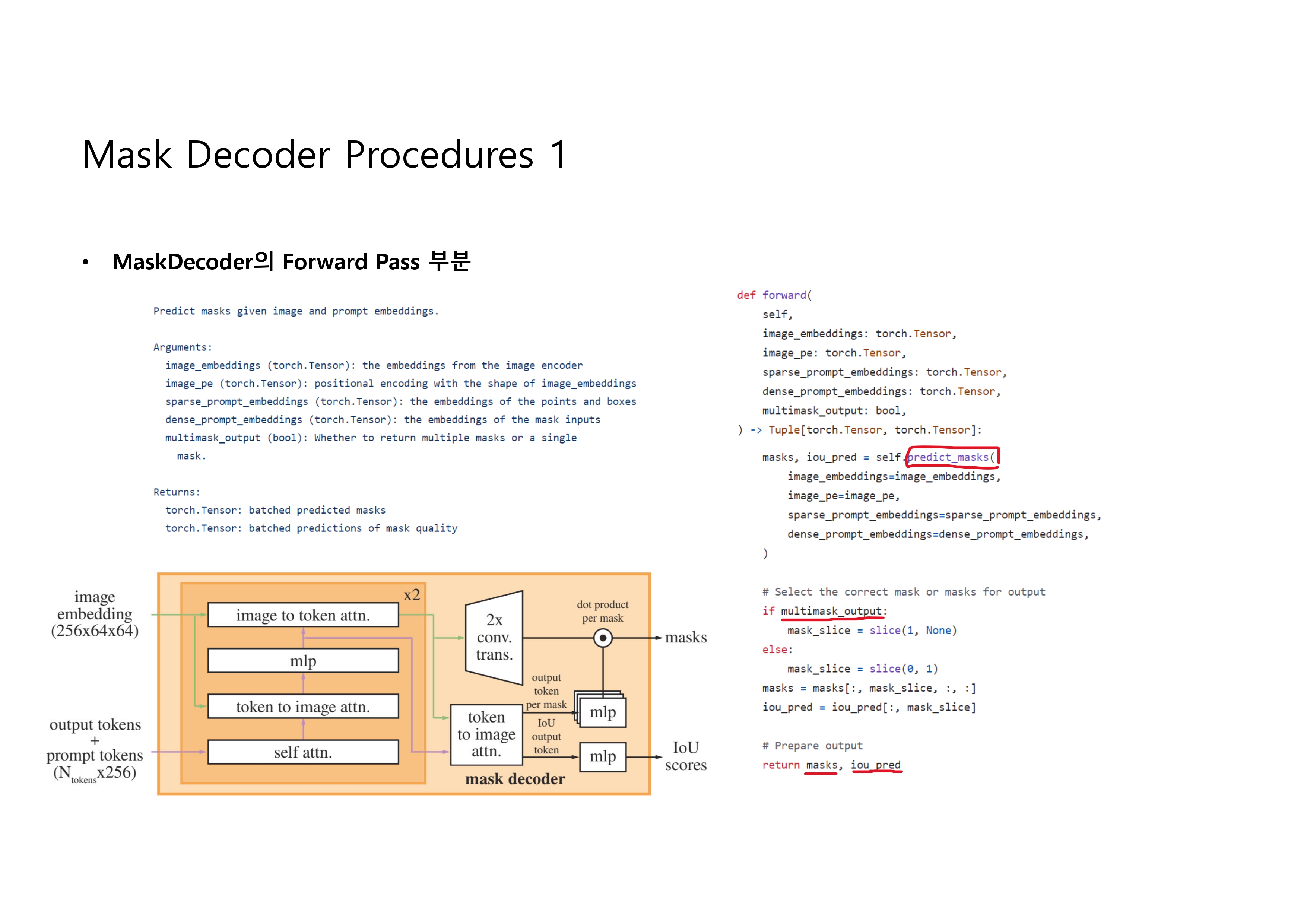
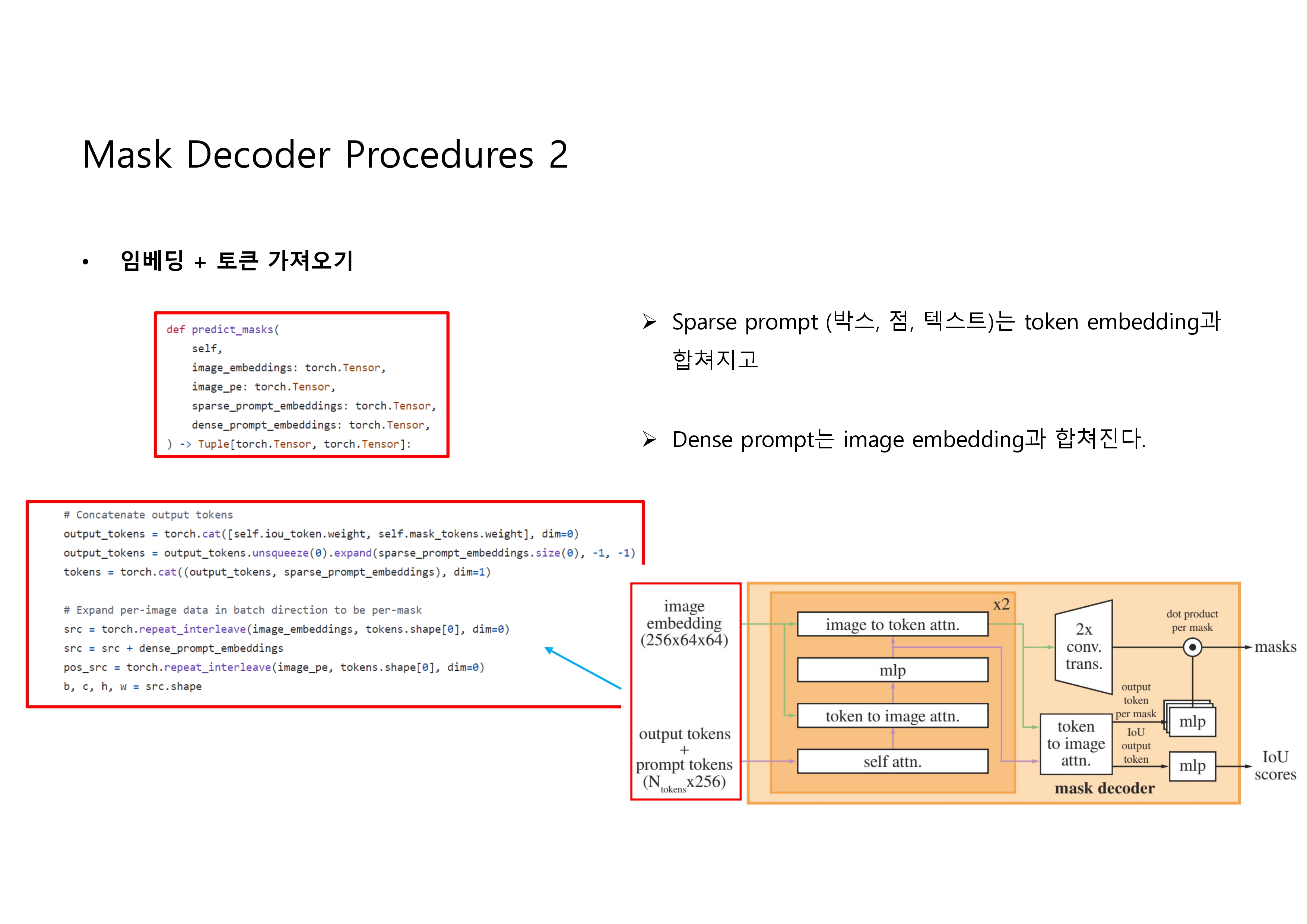
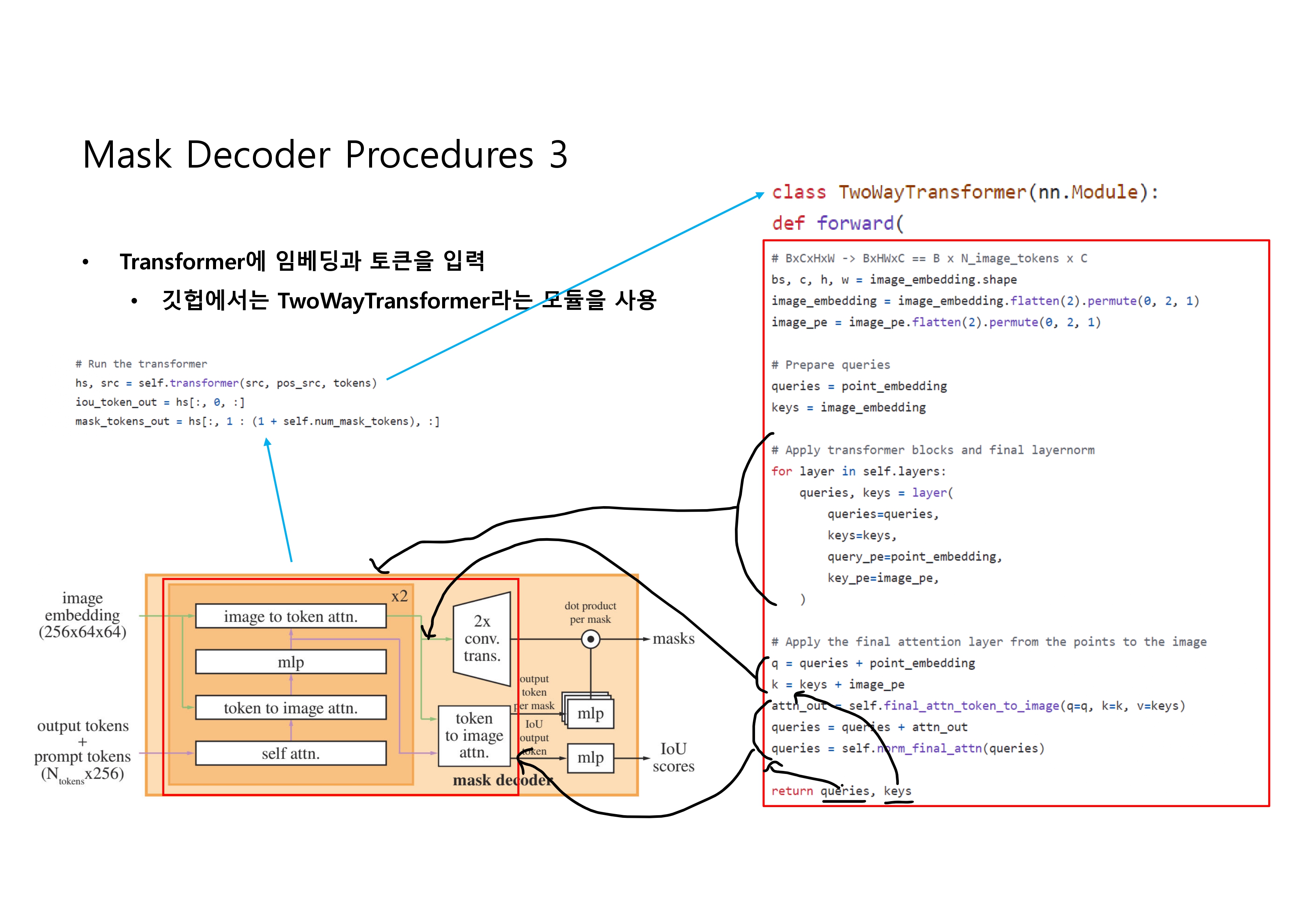
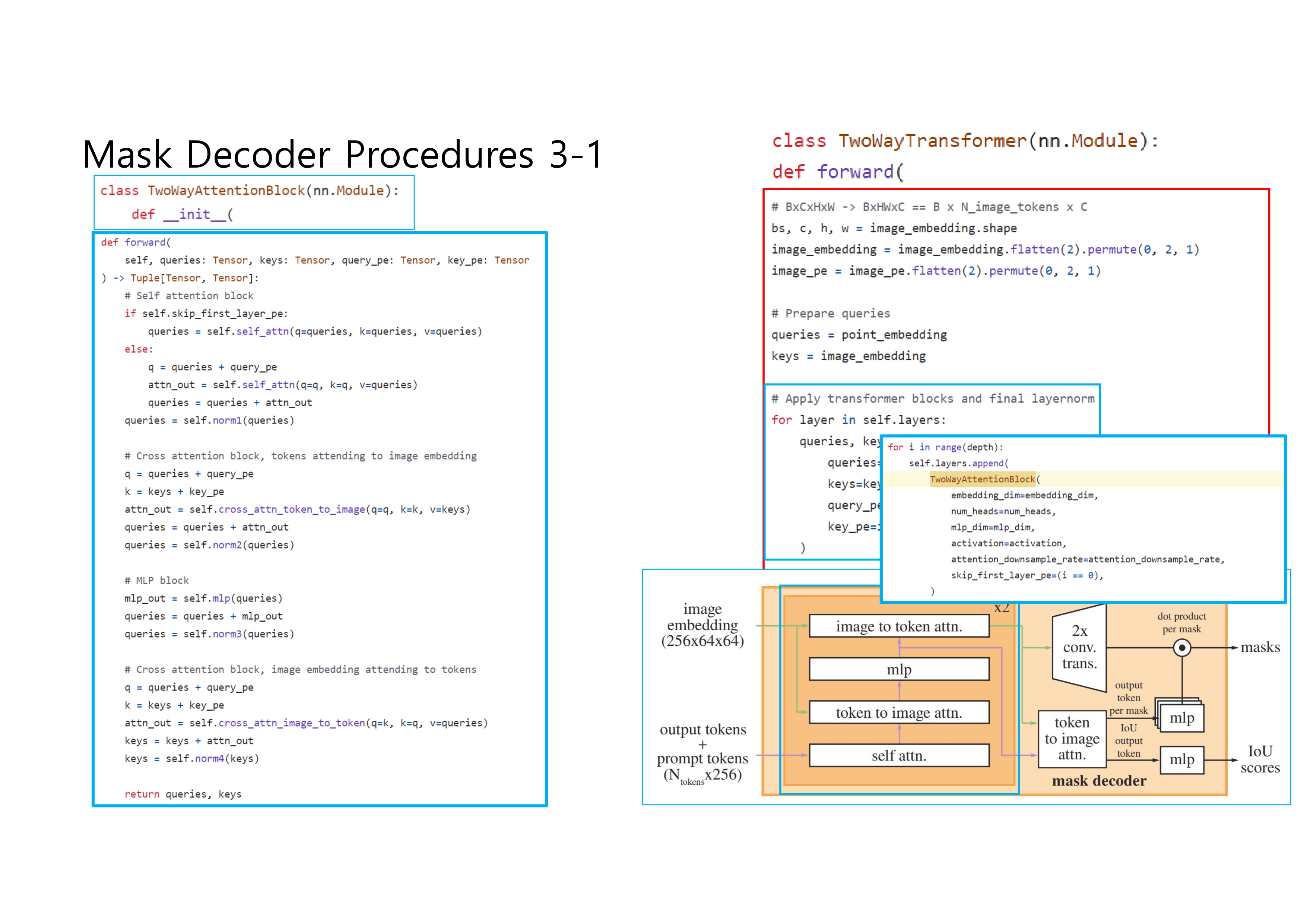
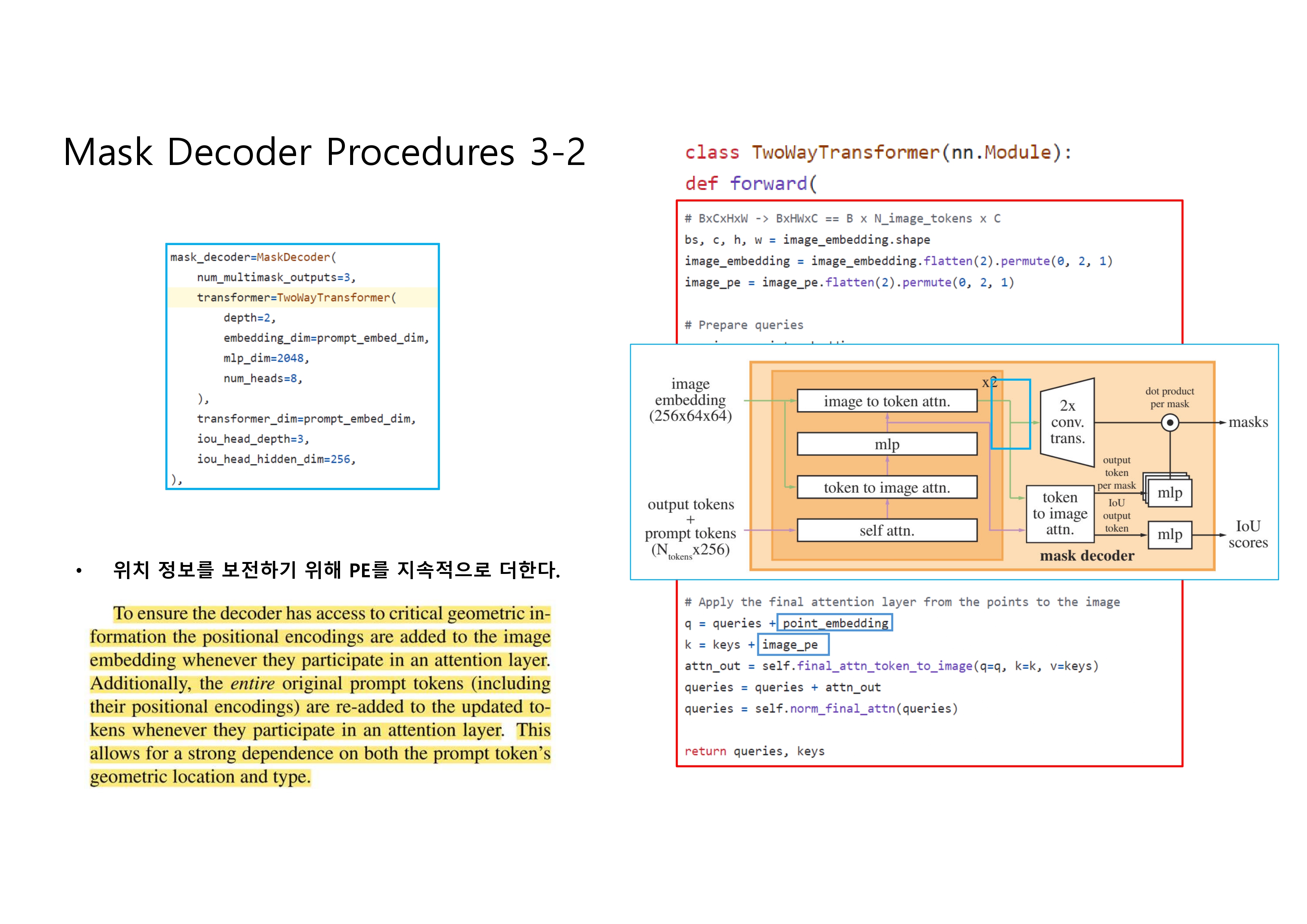
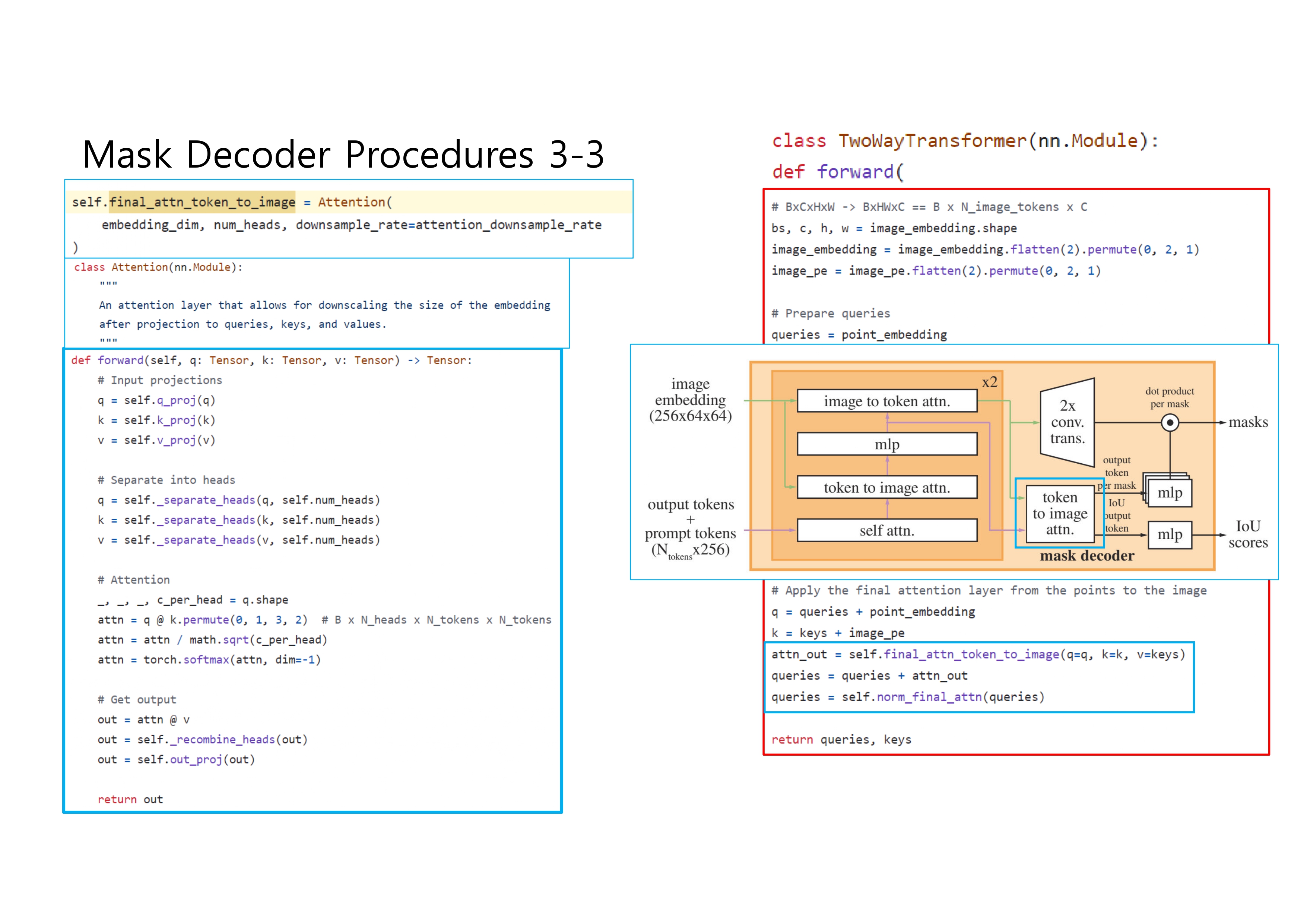
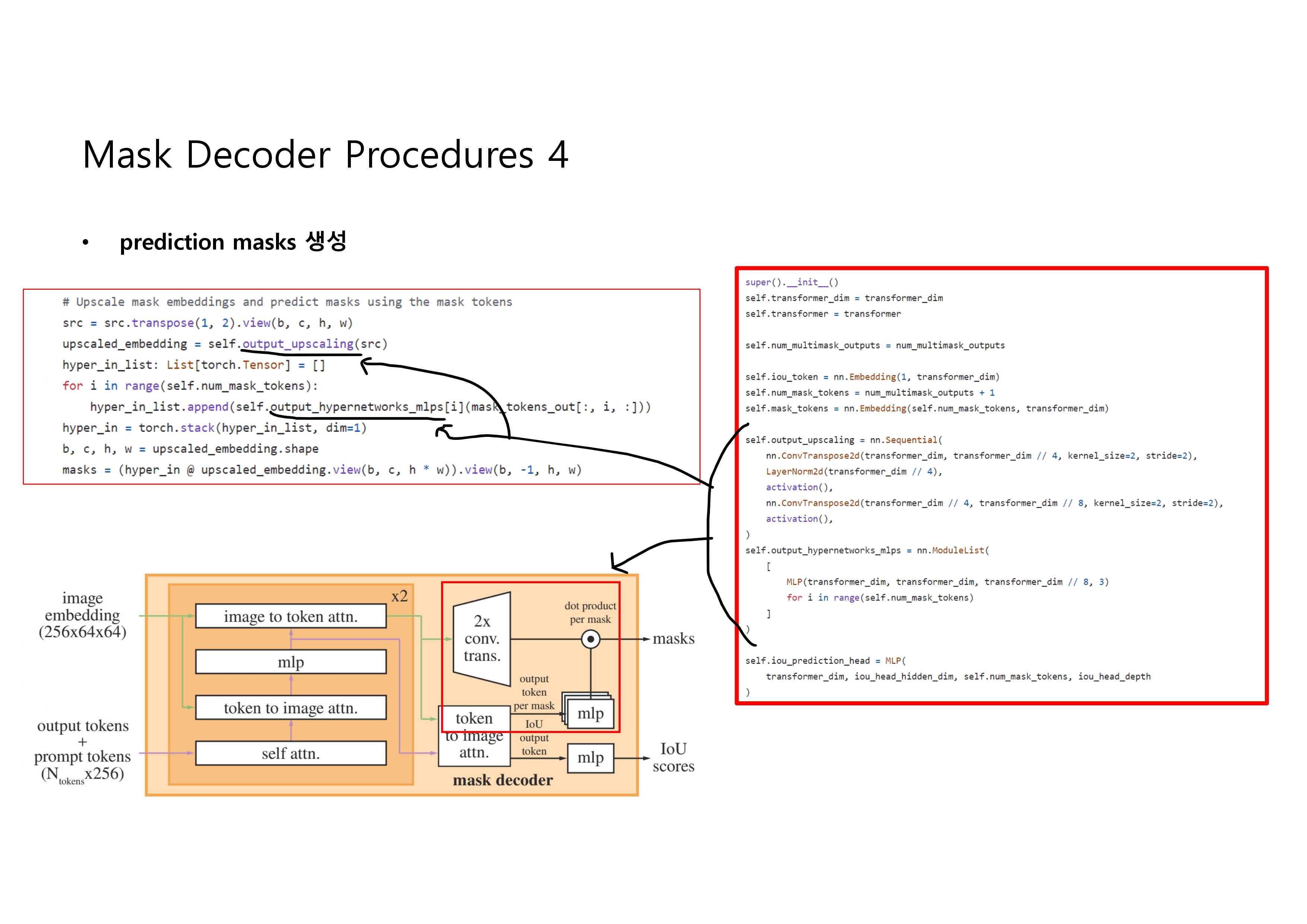
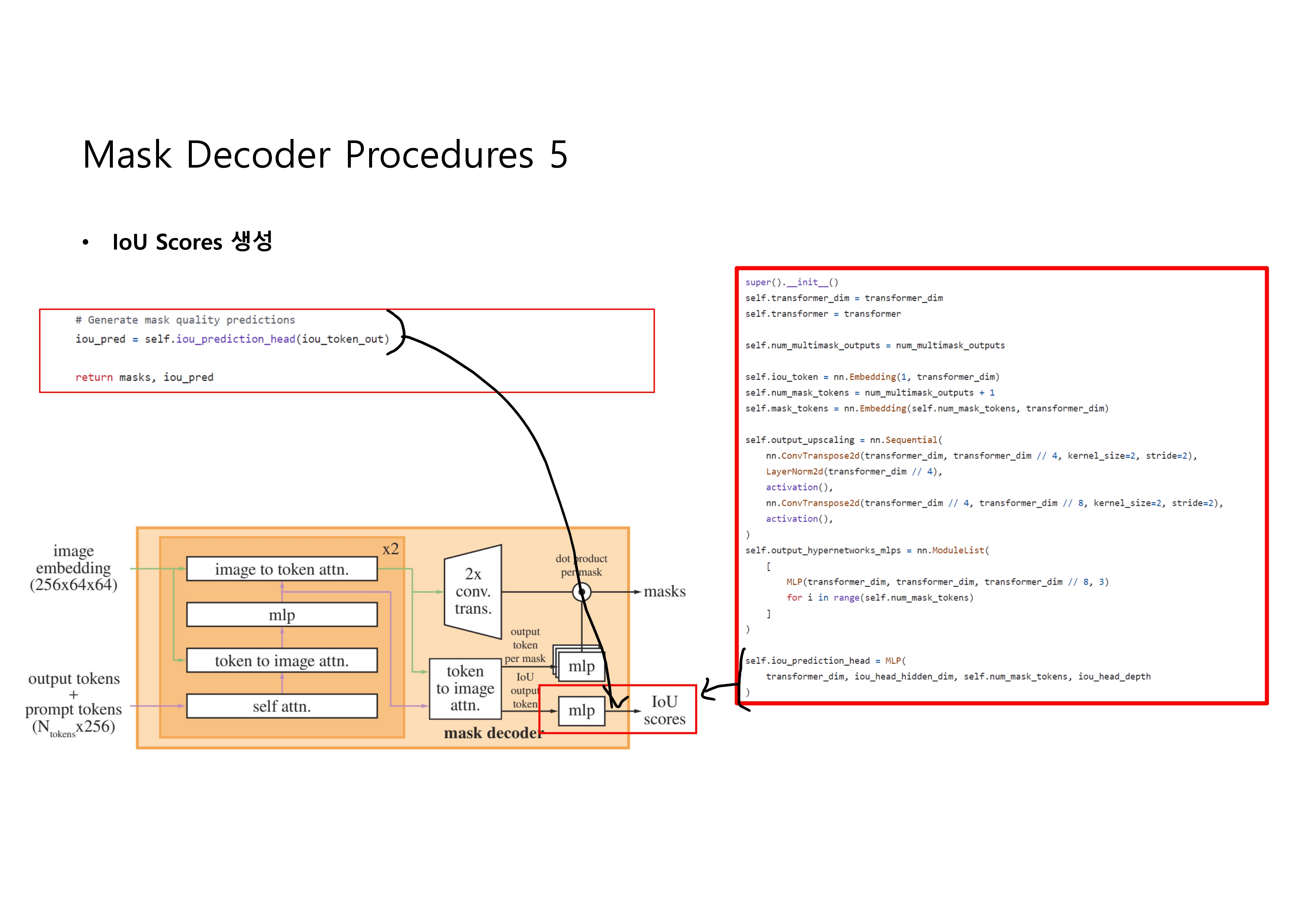
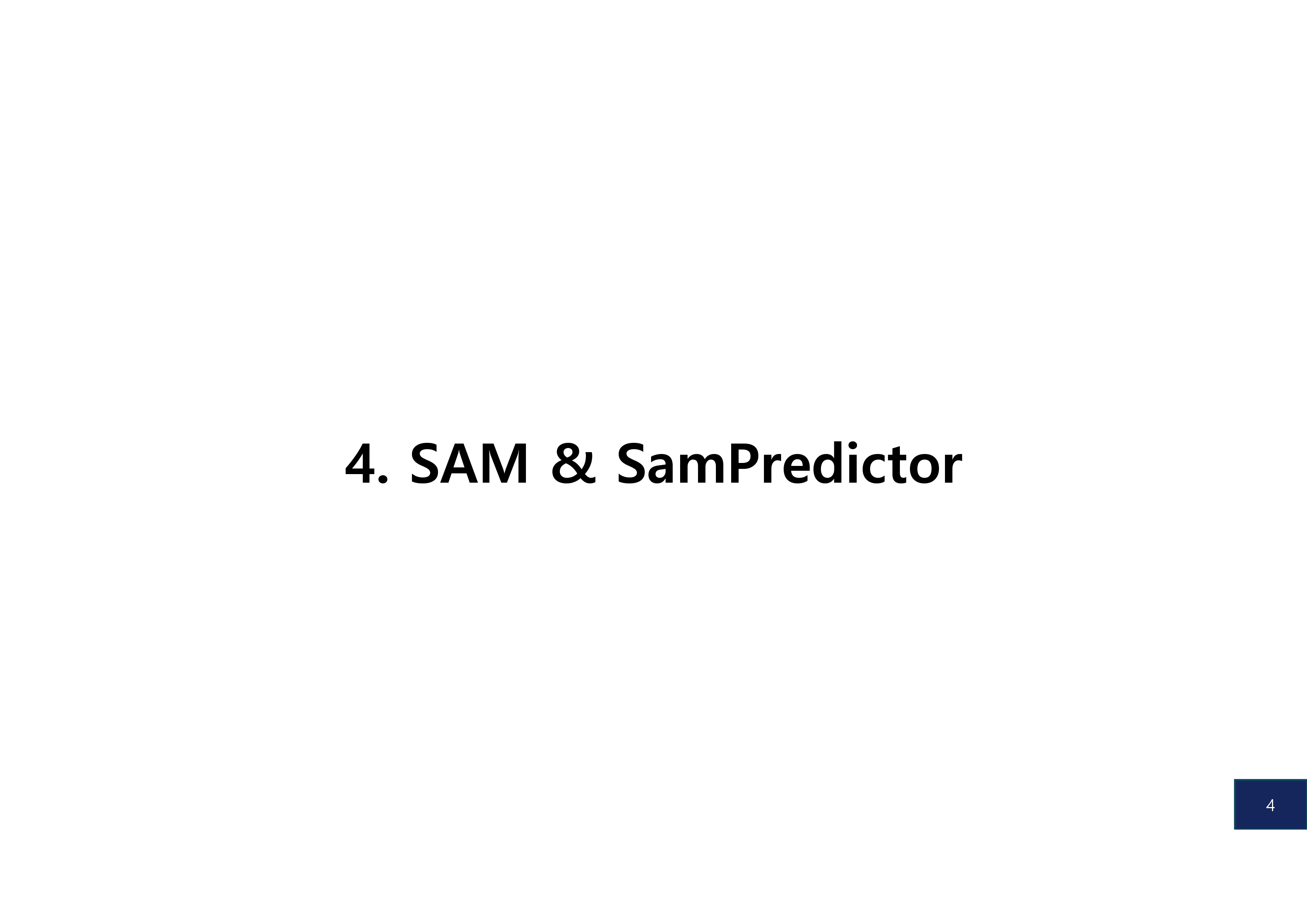
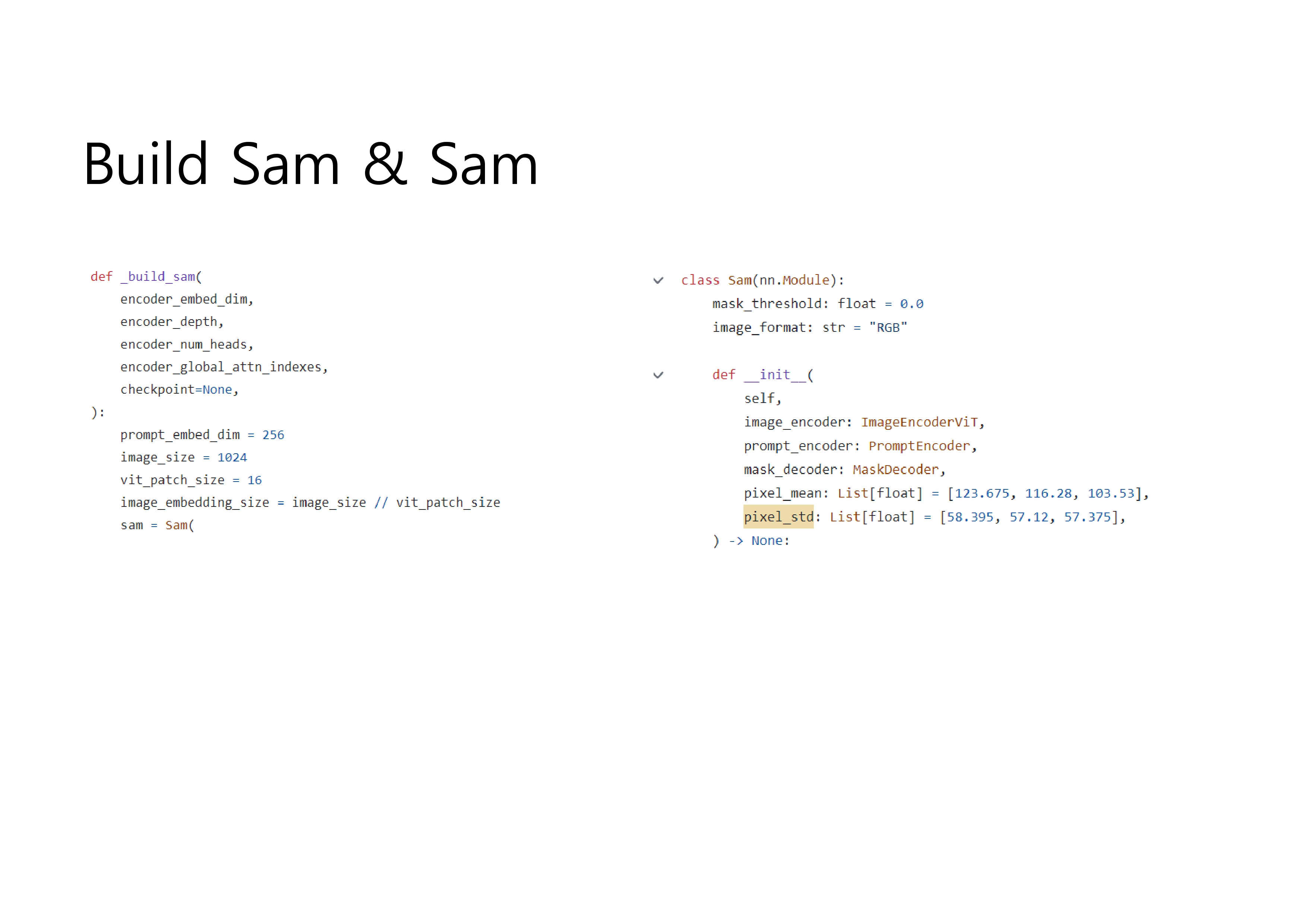
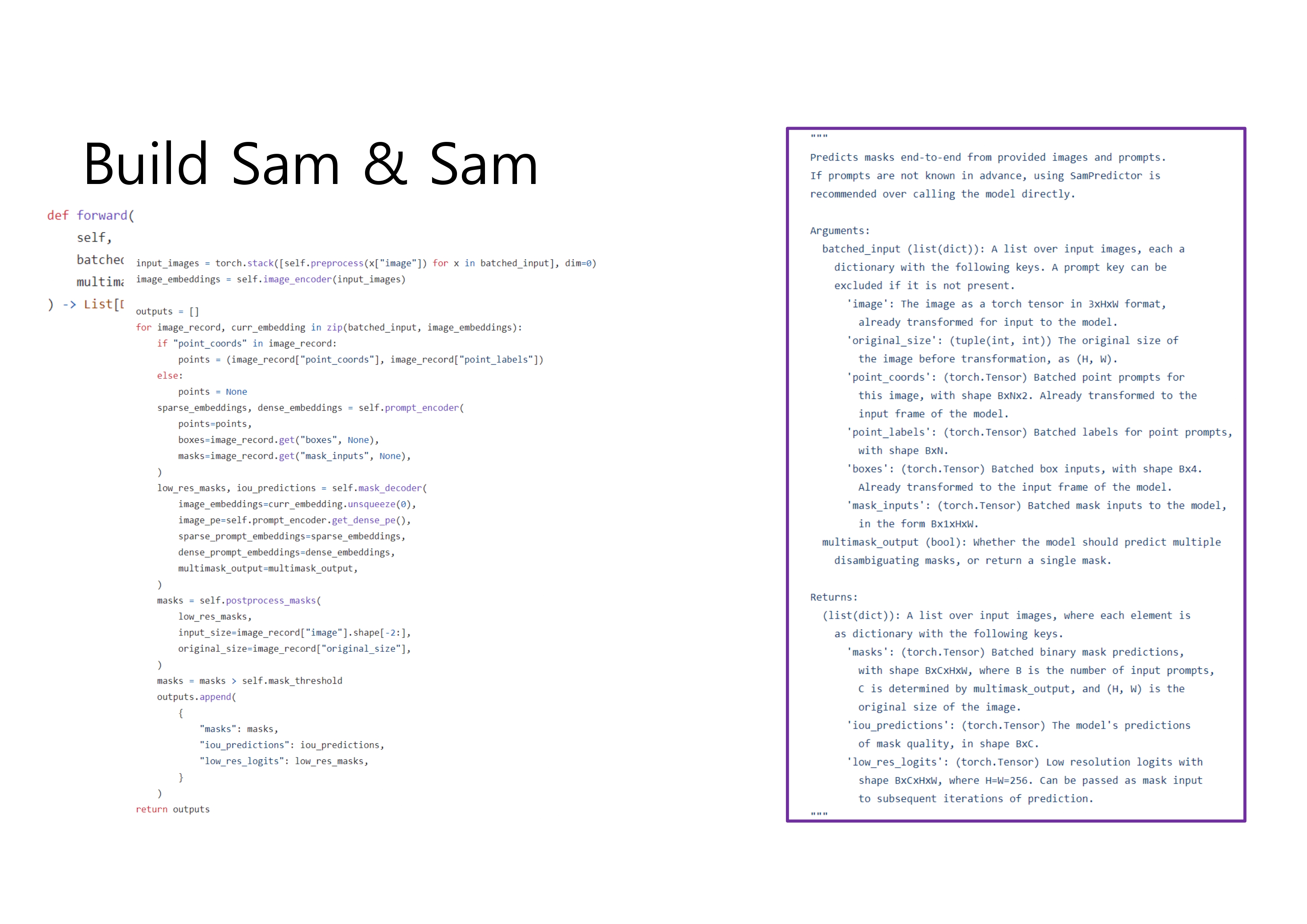
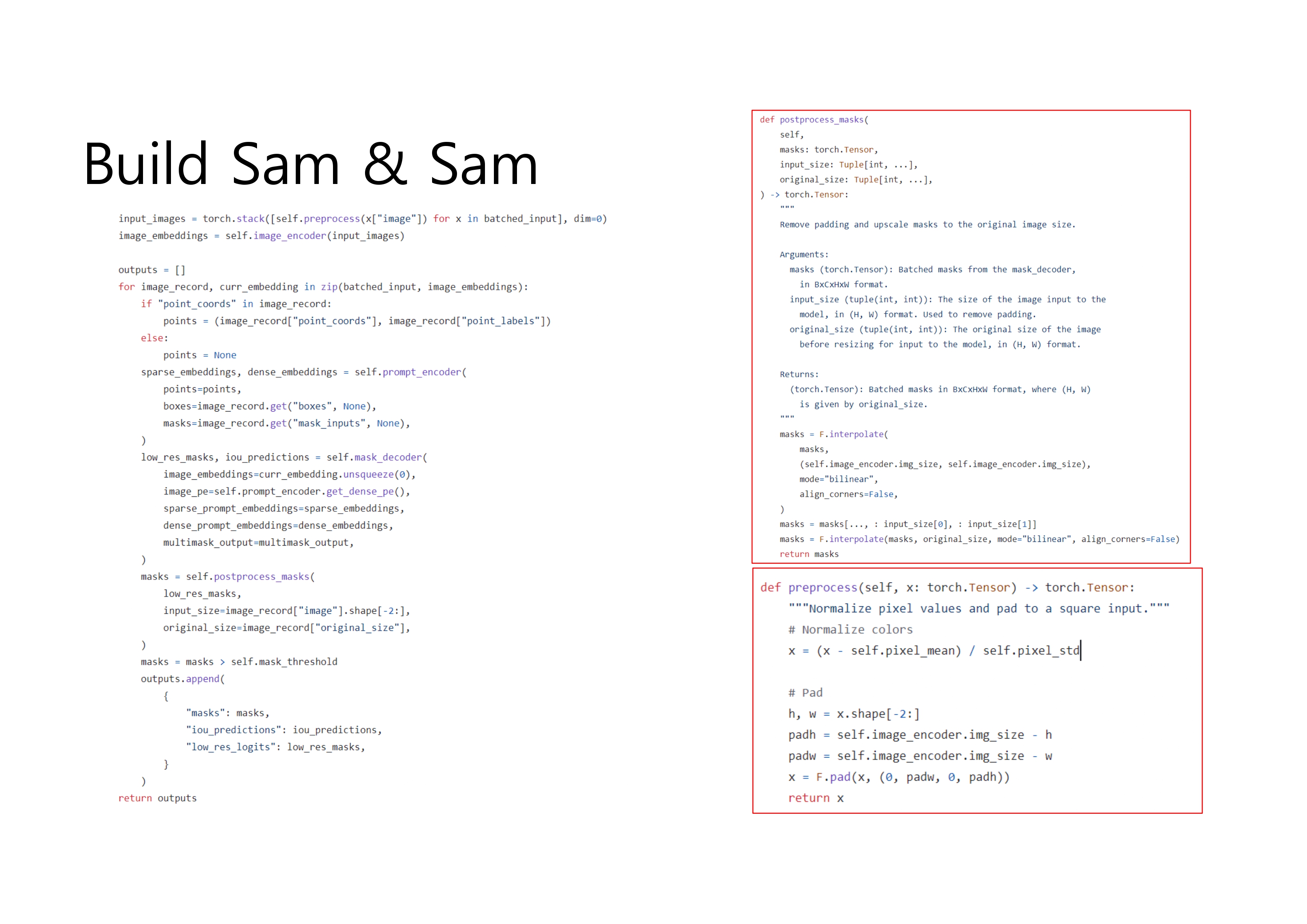
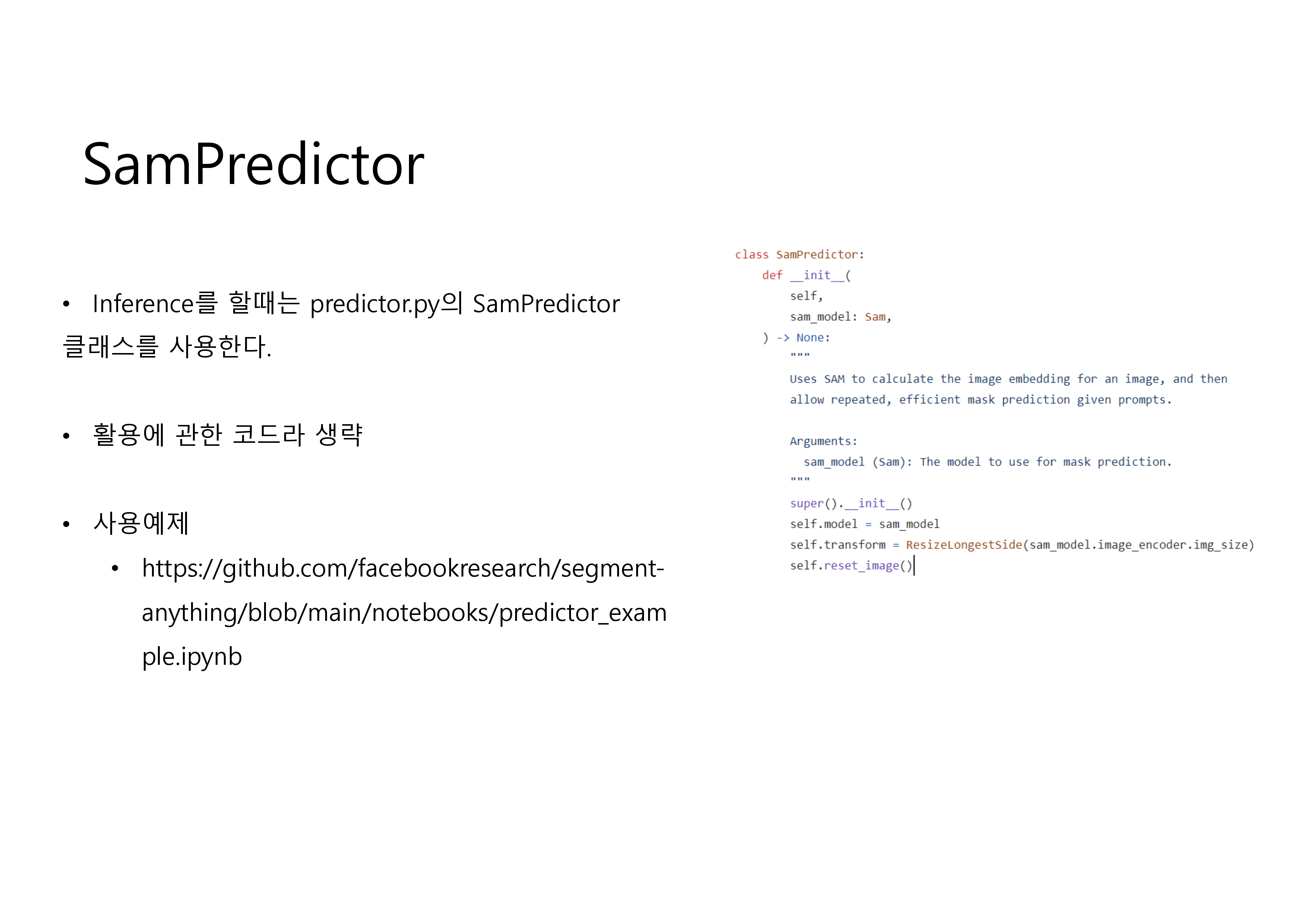
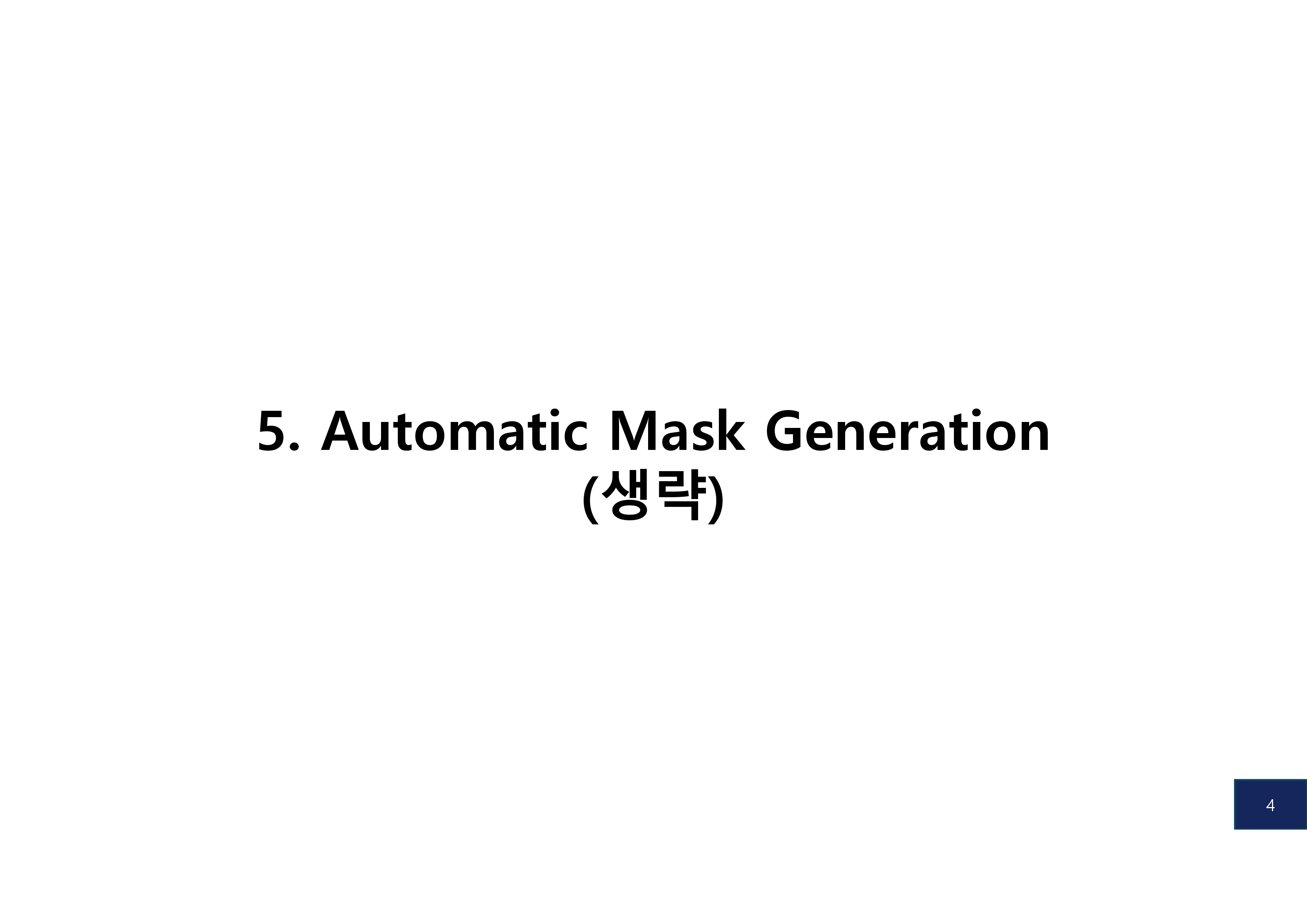
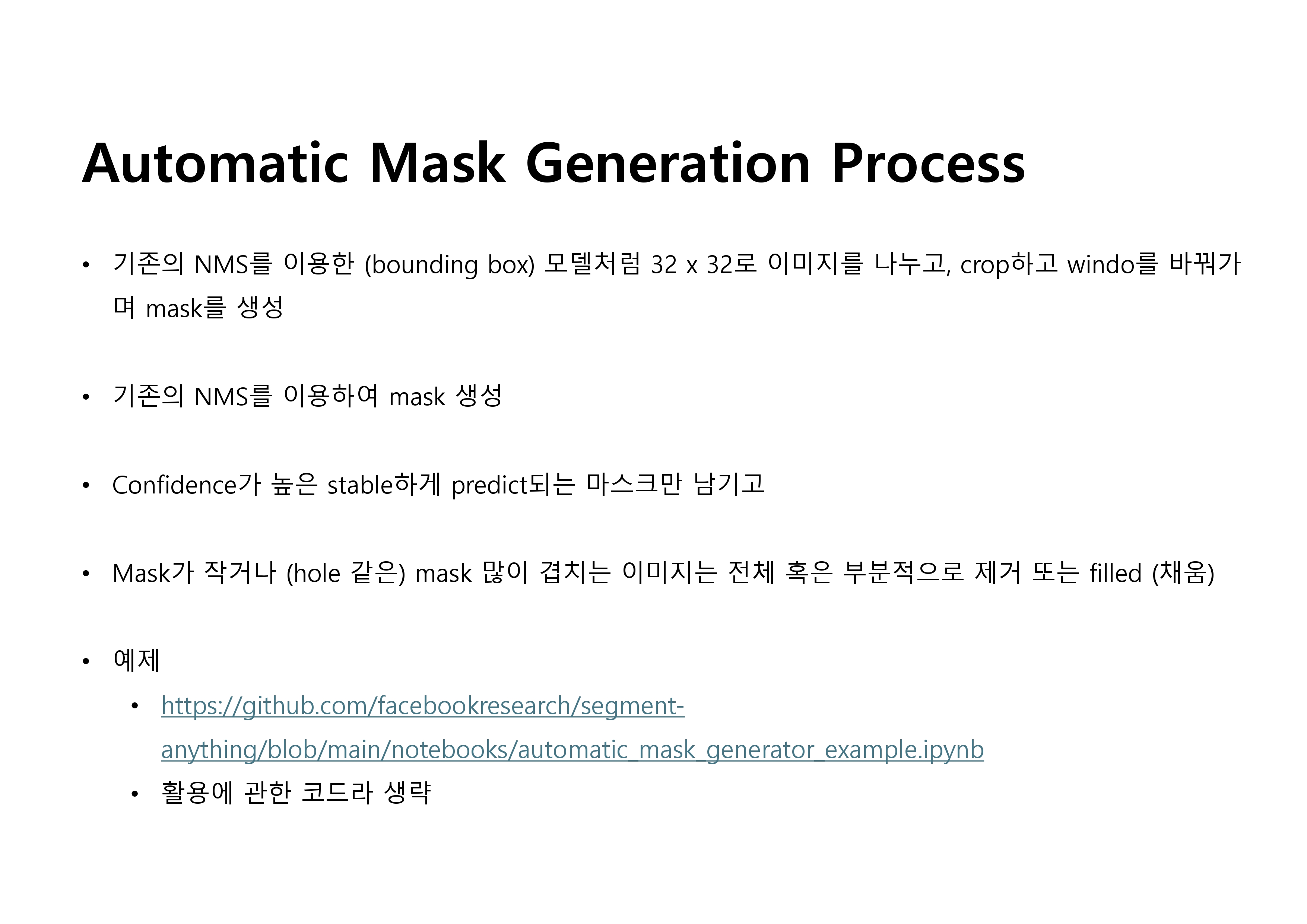
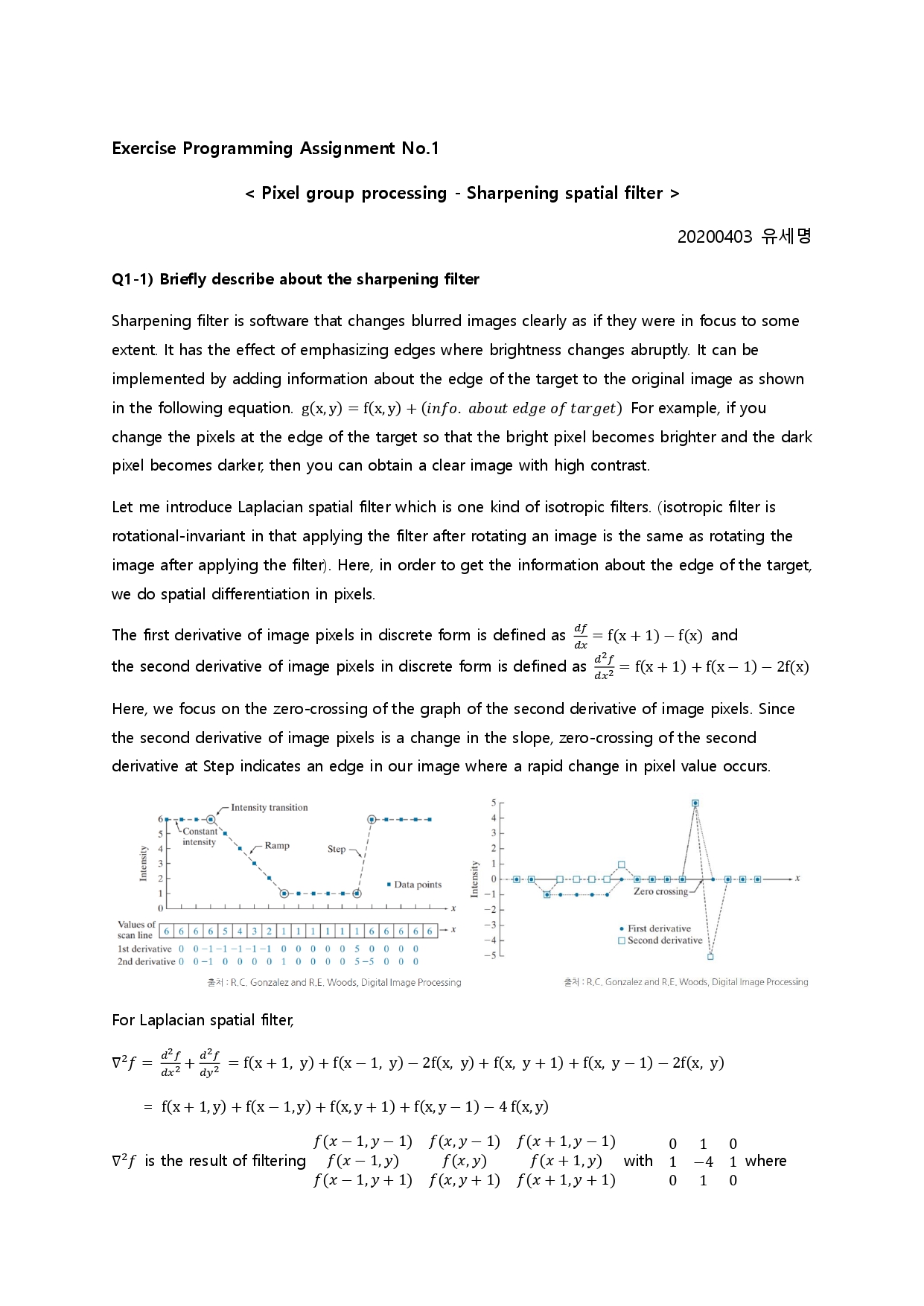
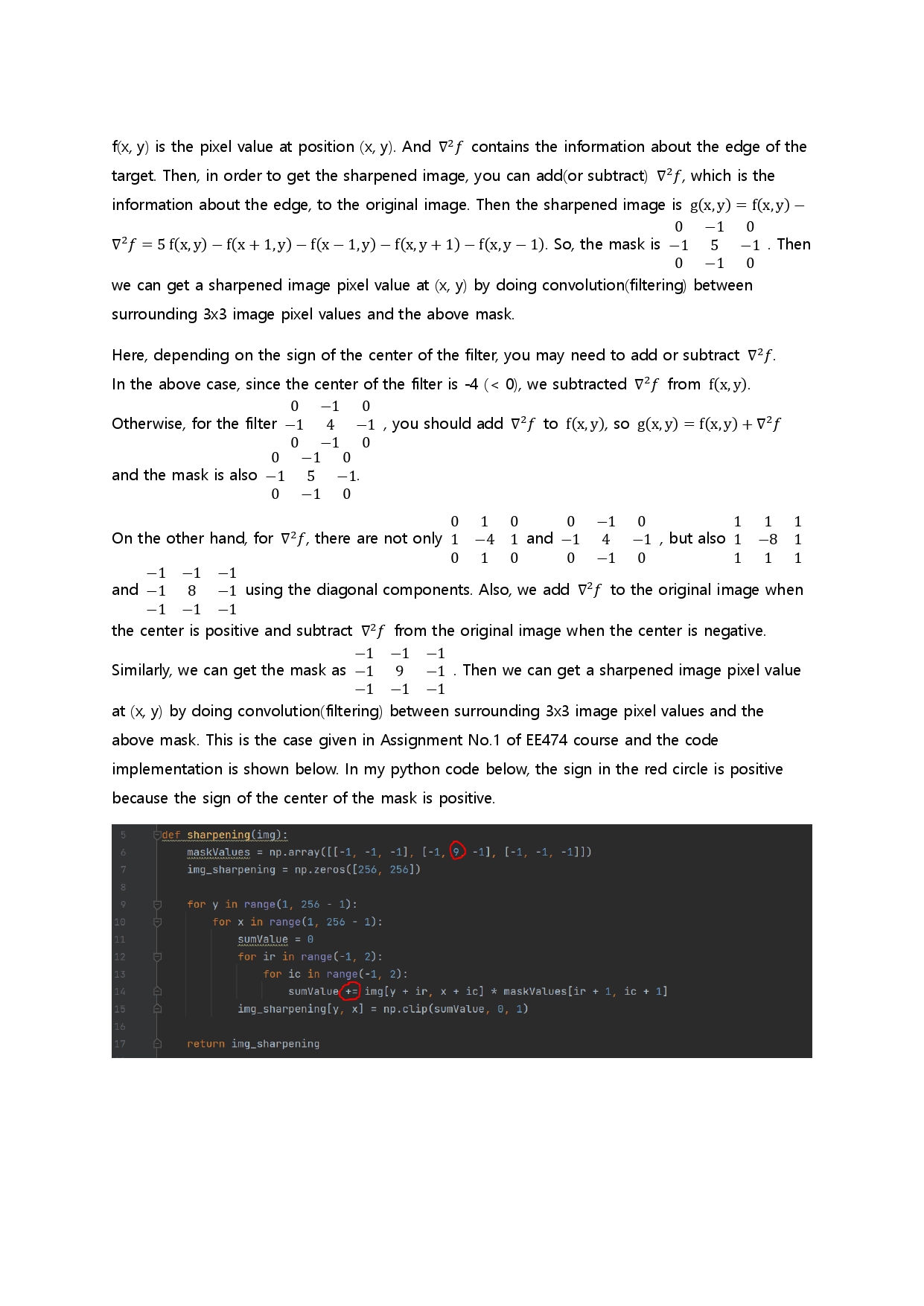
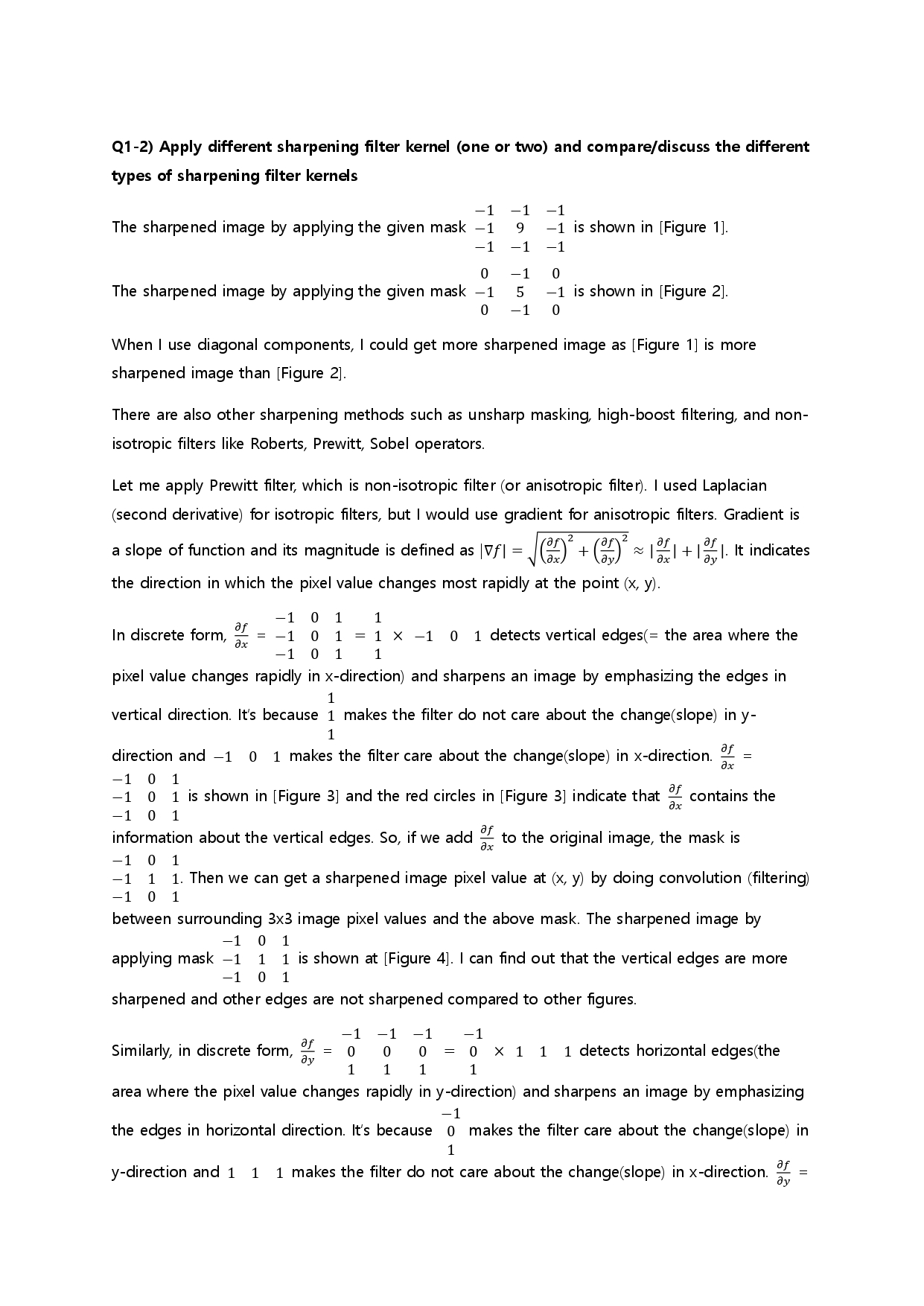

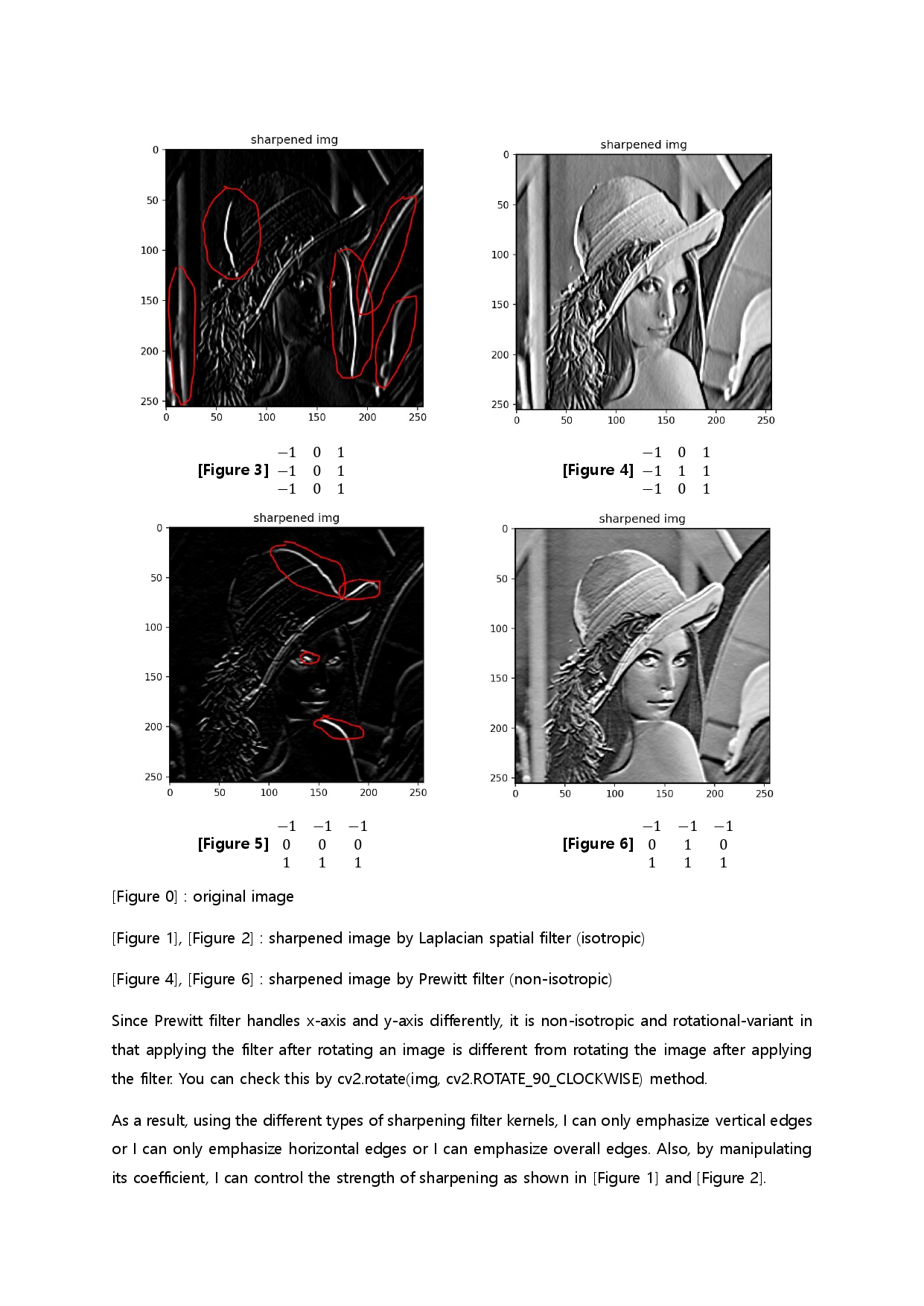
Enjoy Reading This Article?
Here are some more articles you might like to read next: